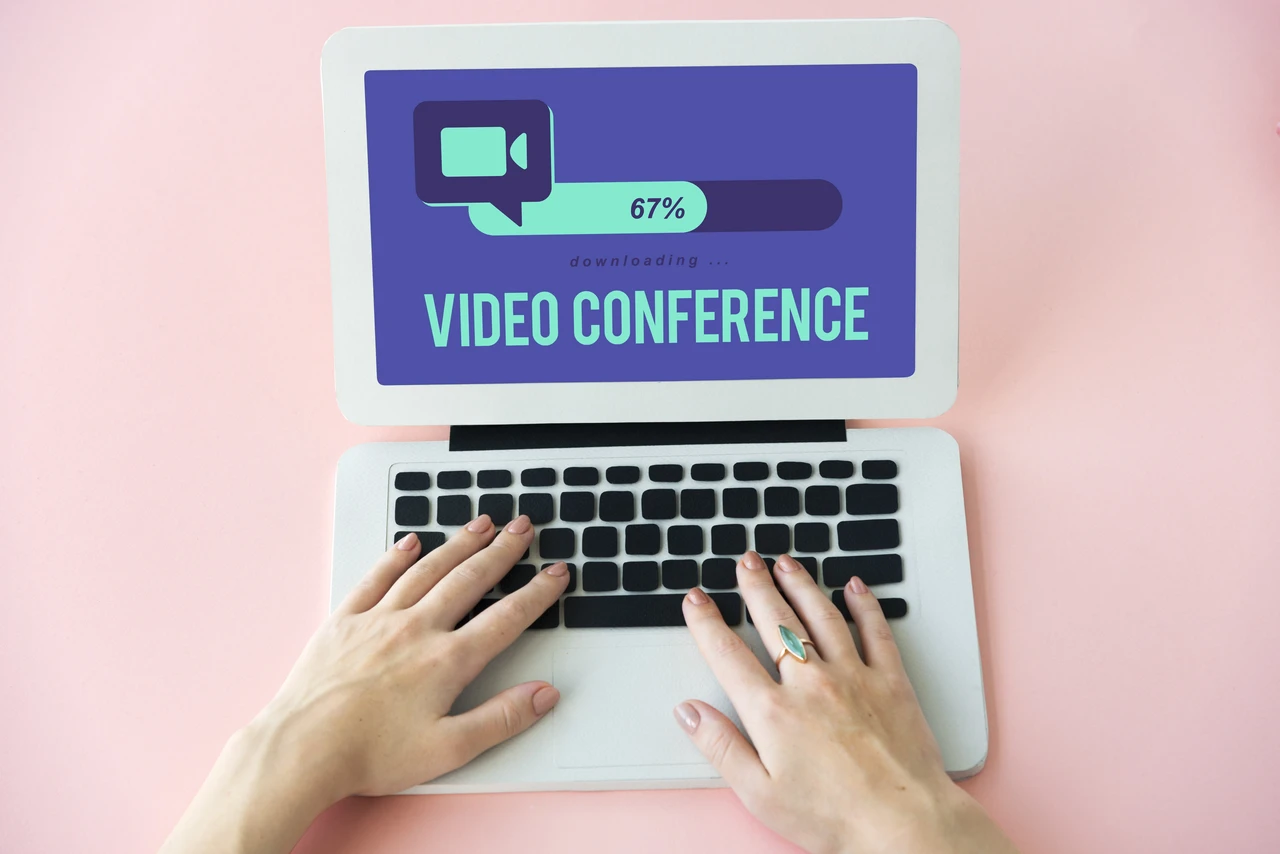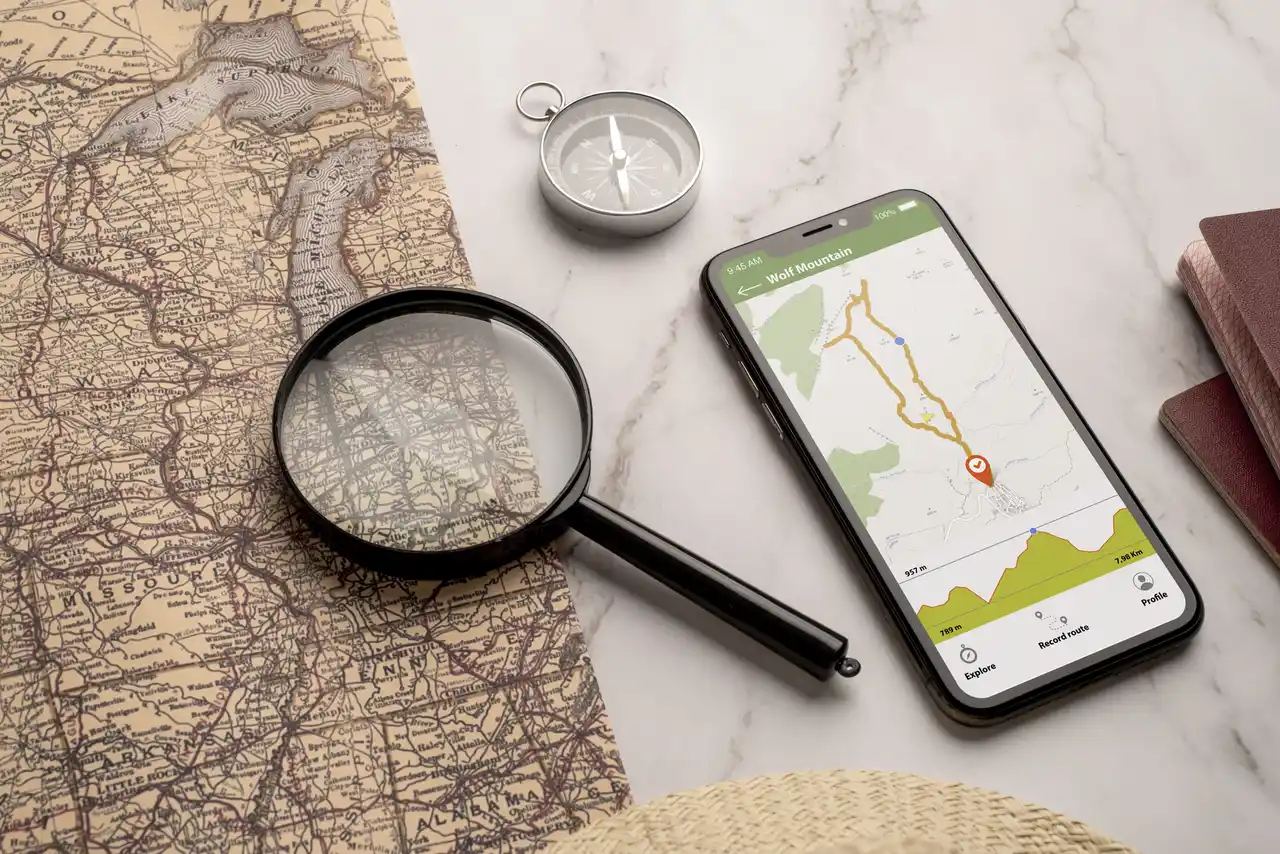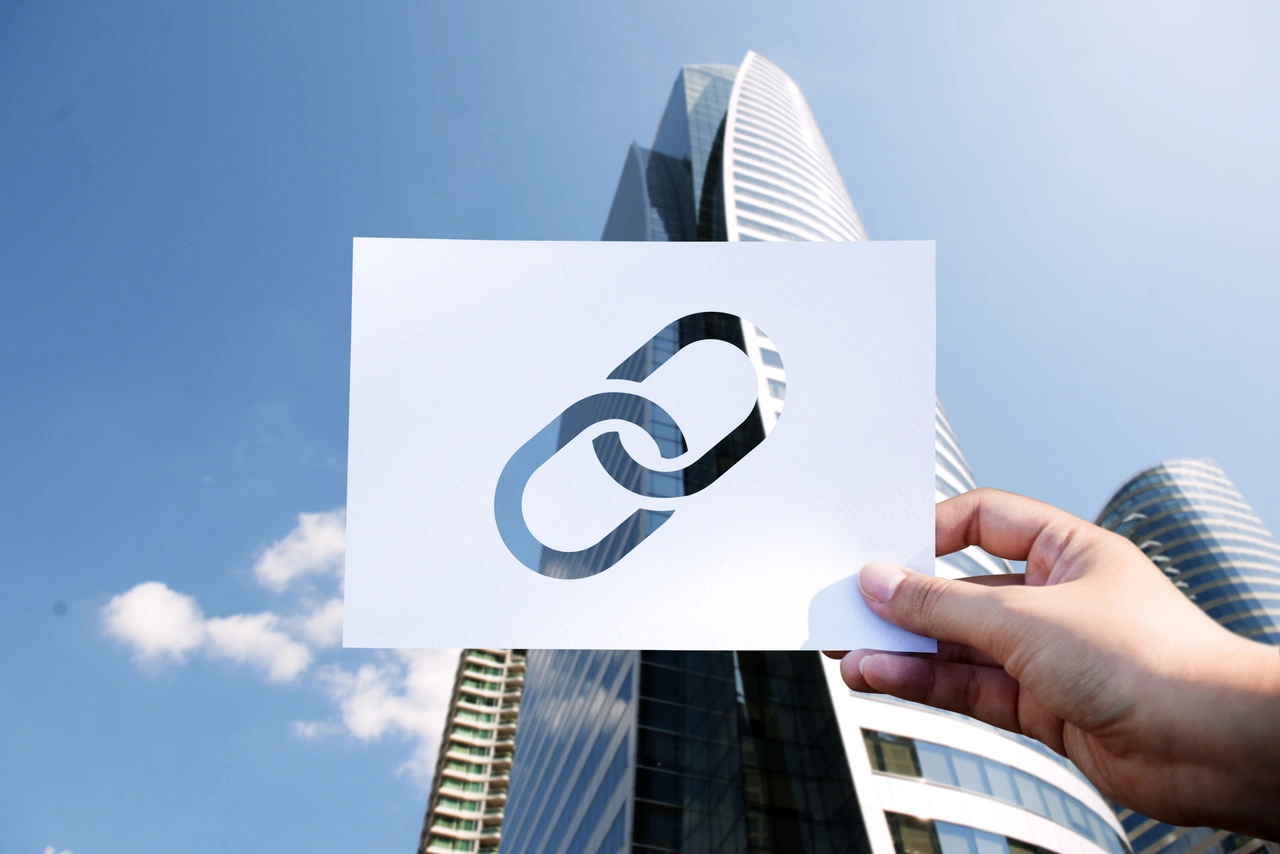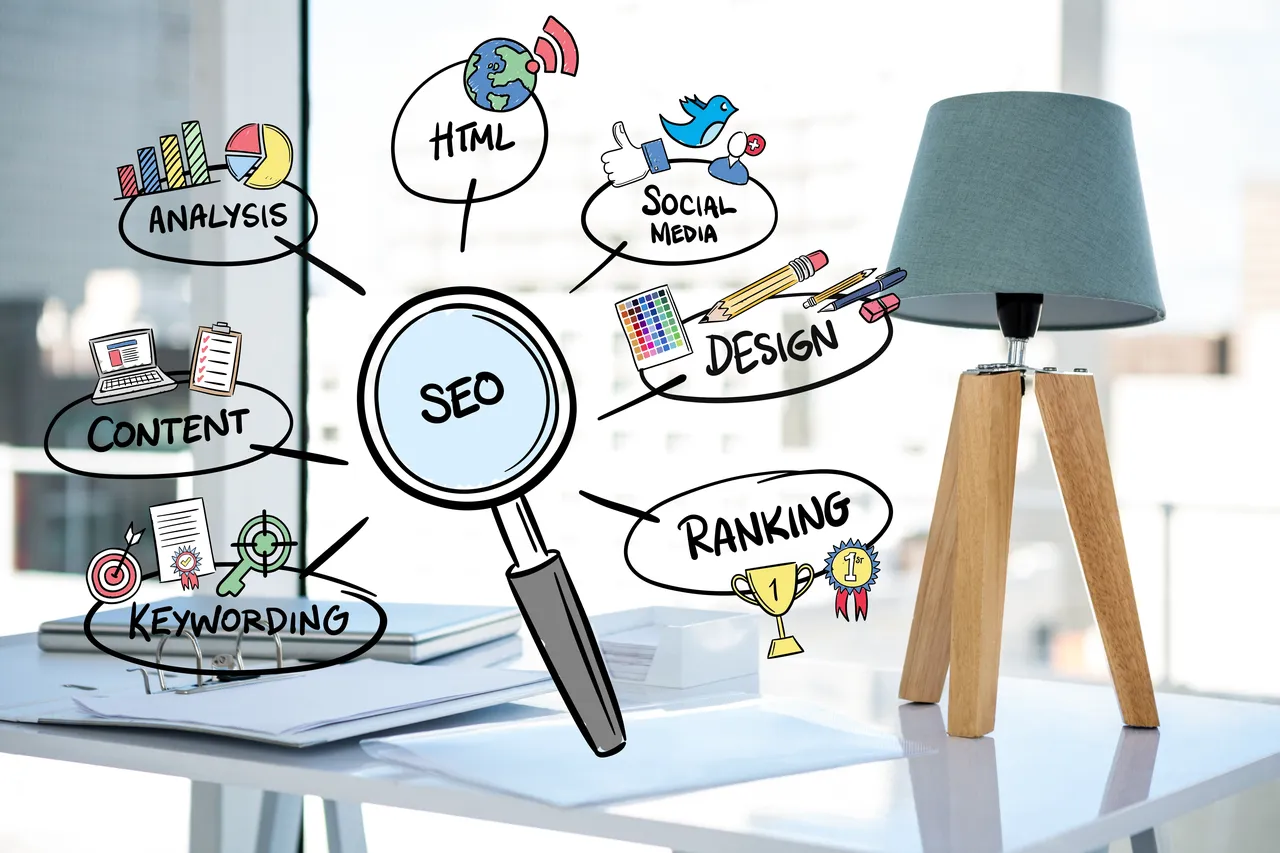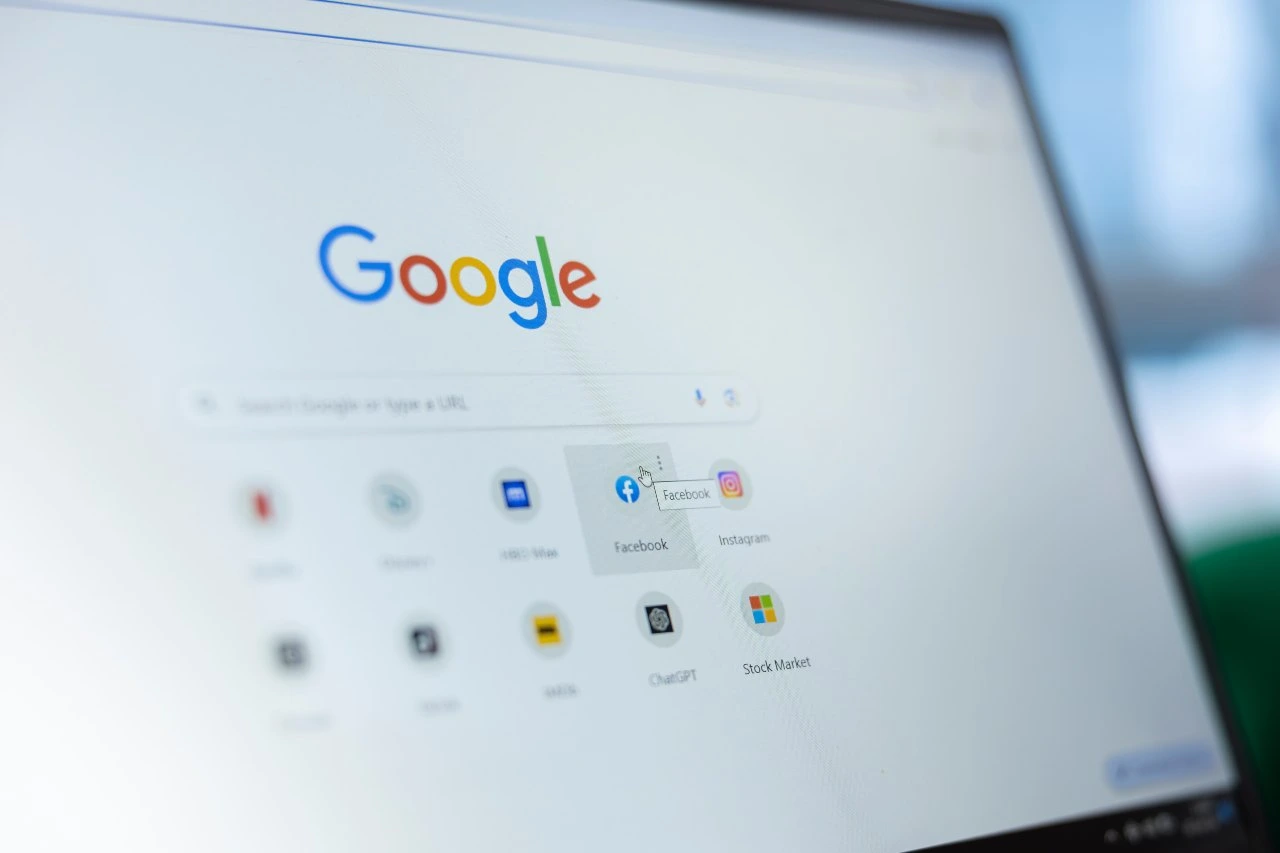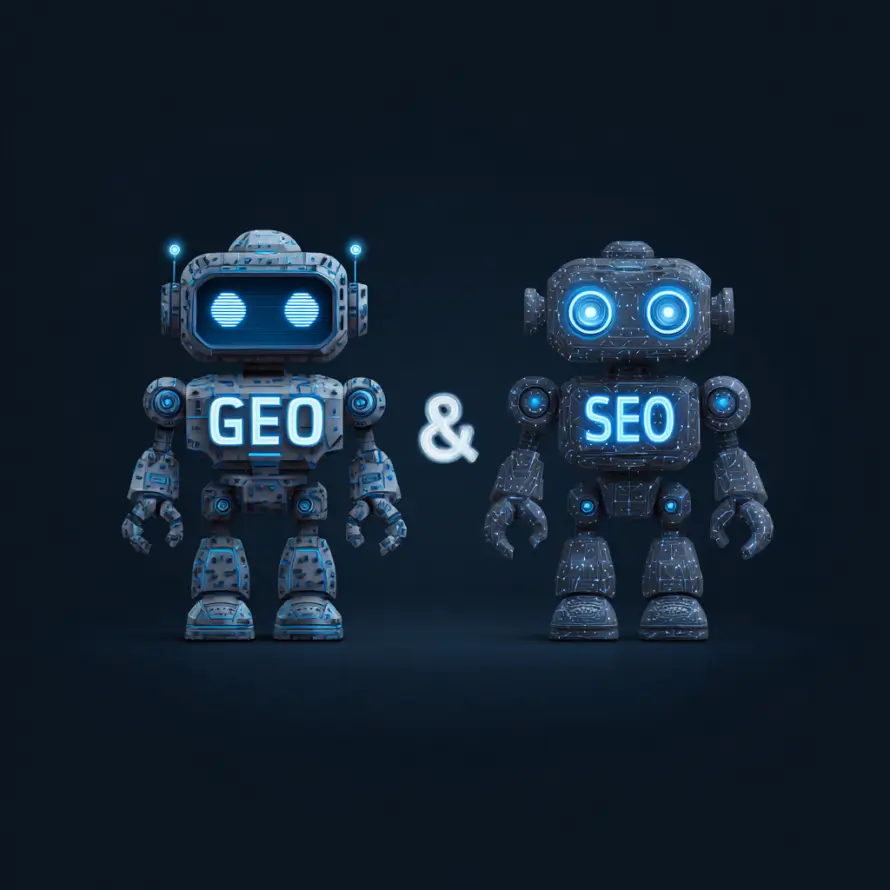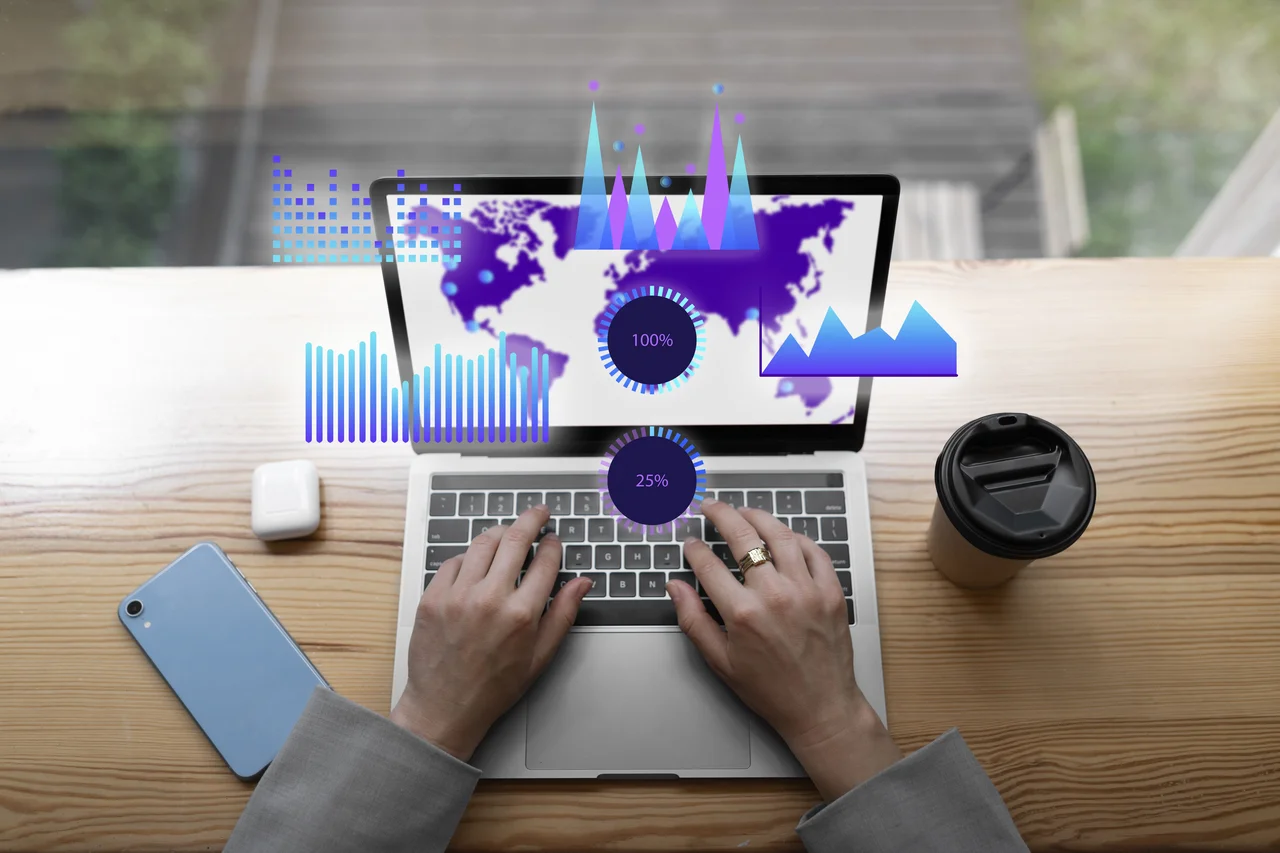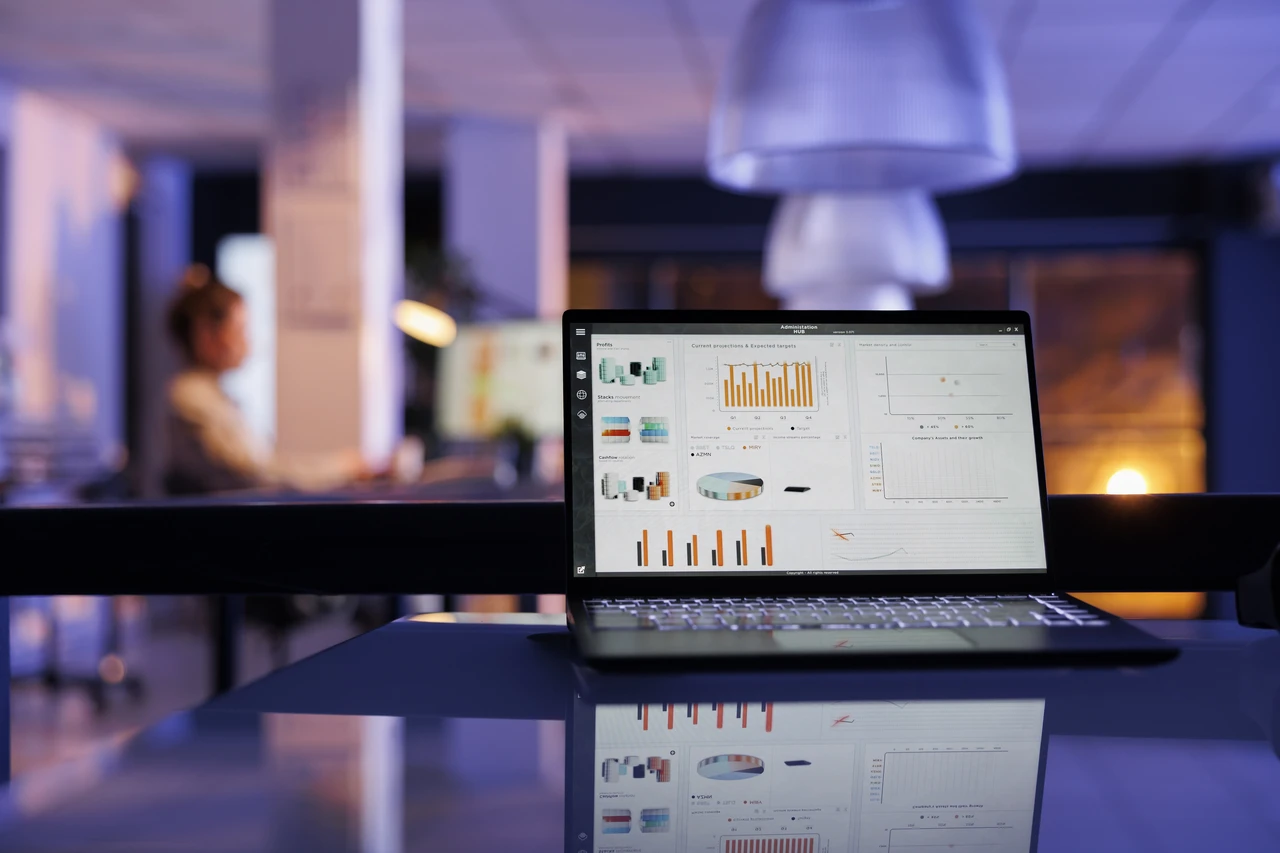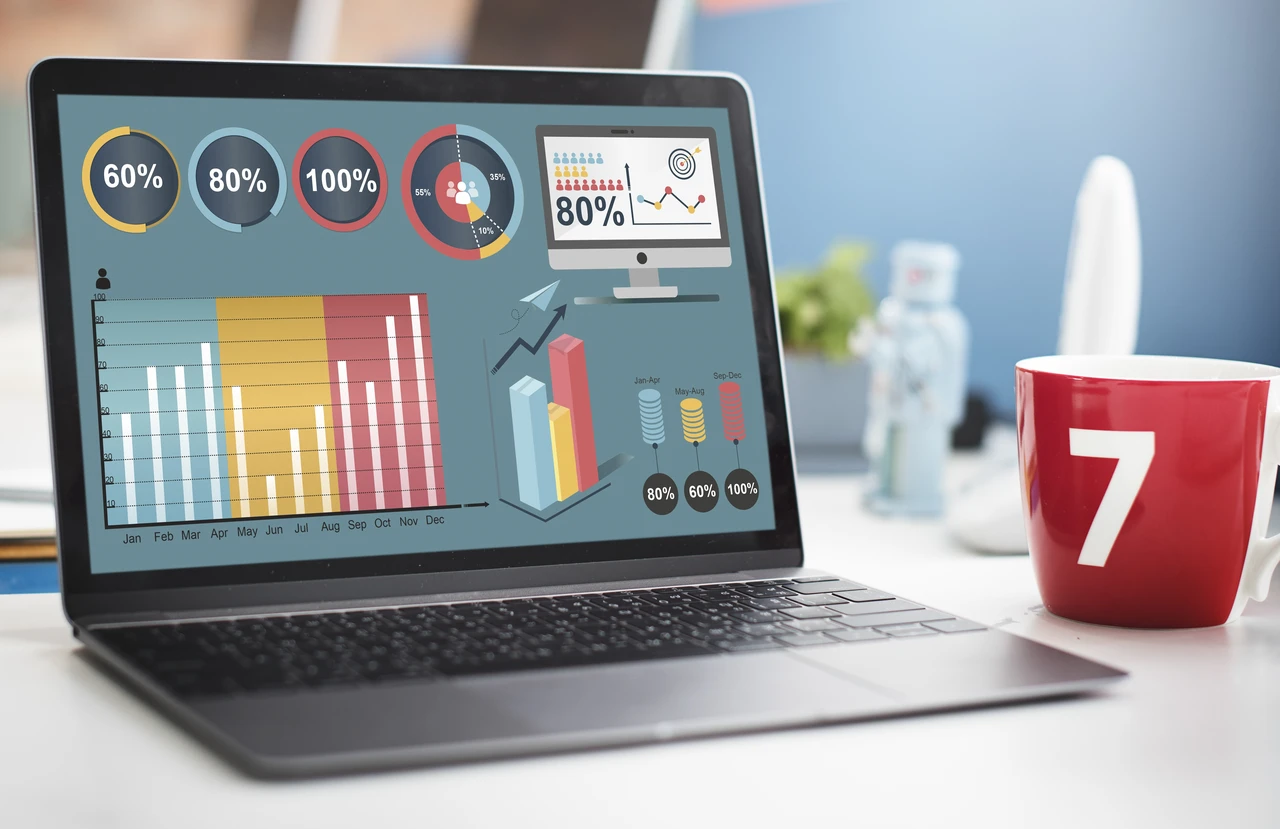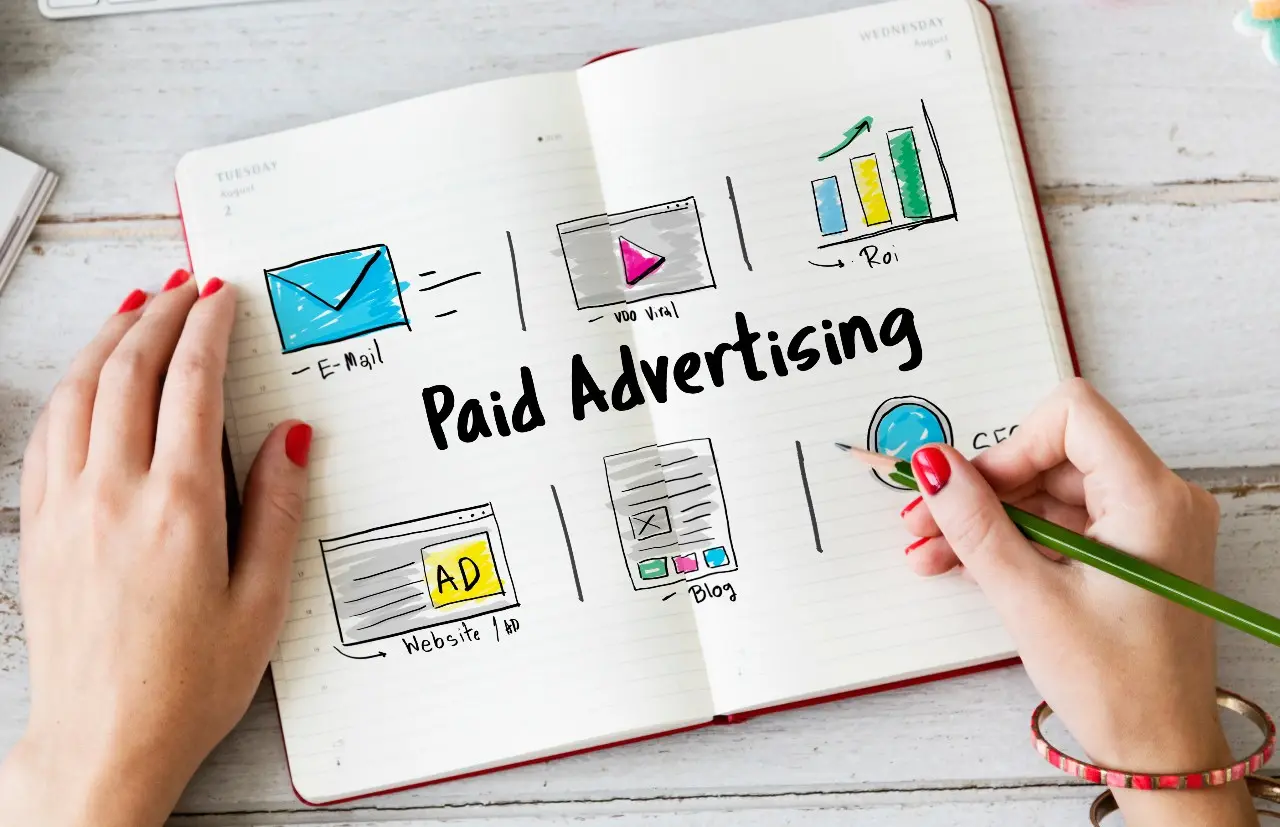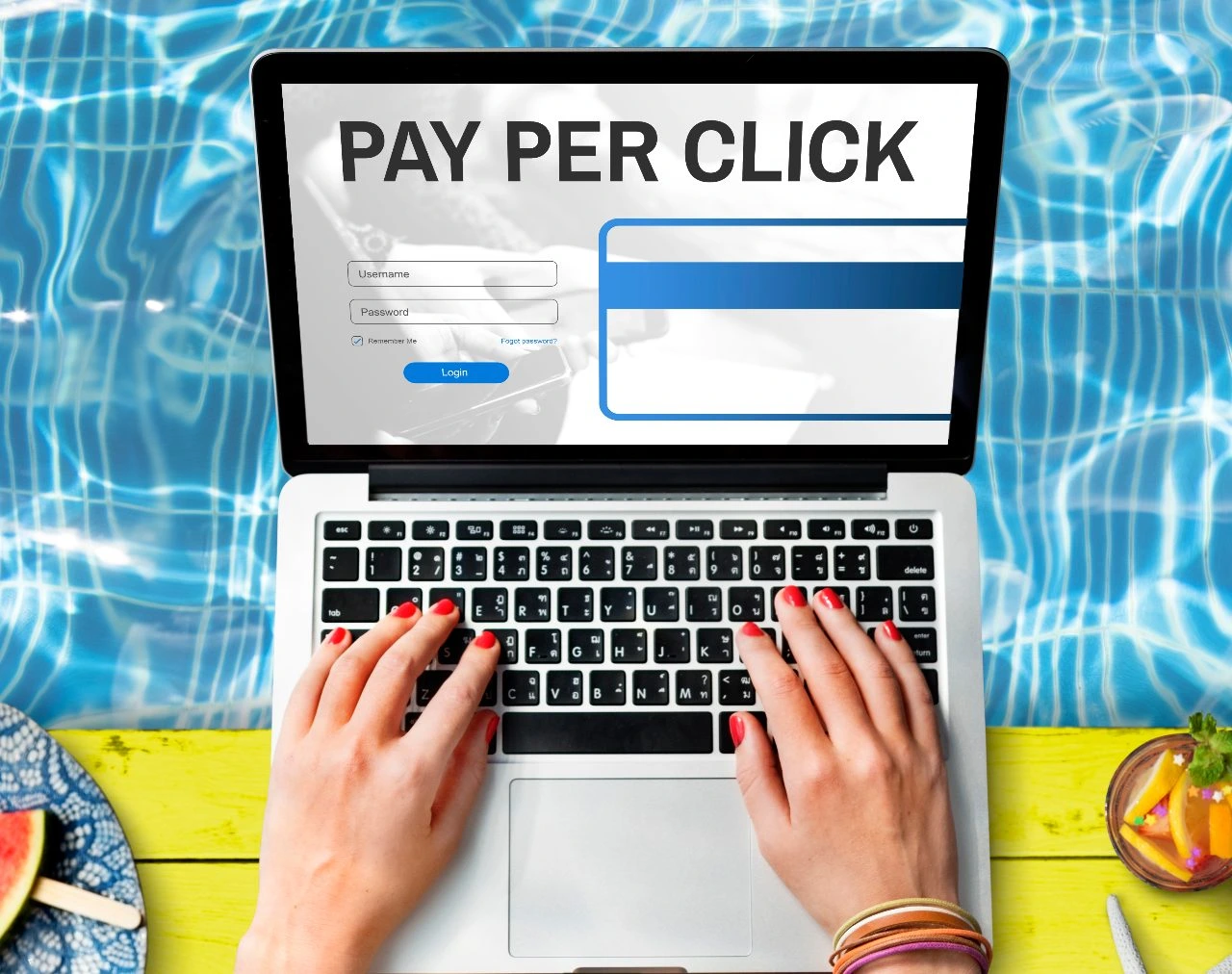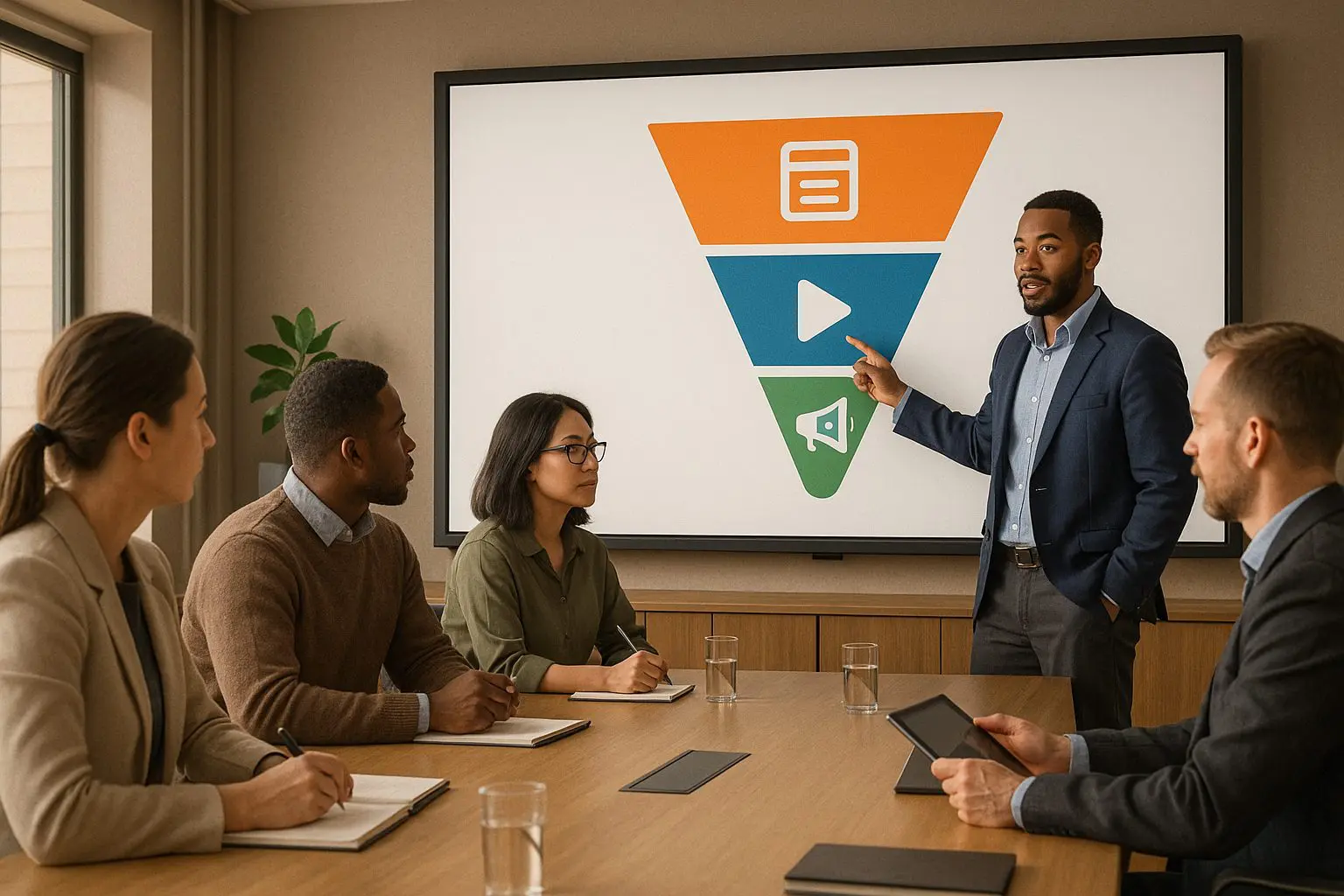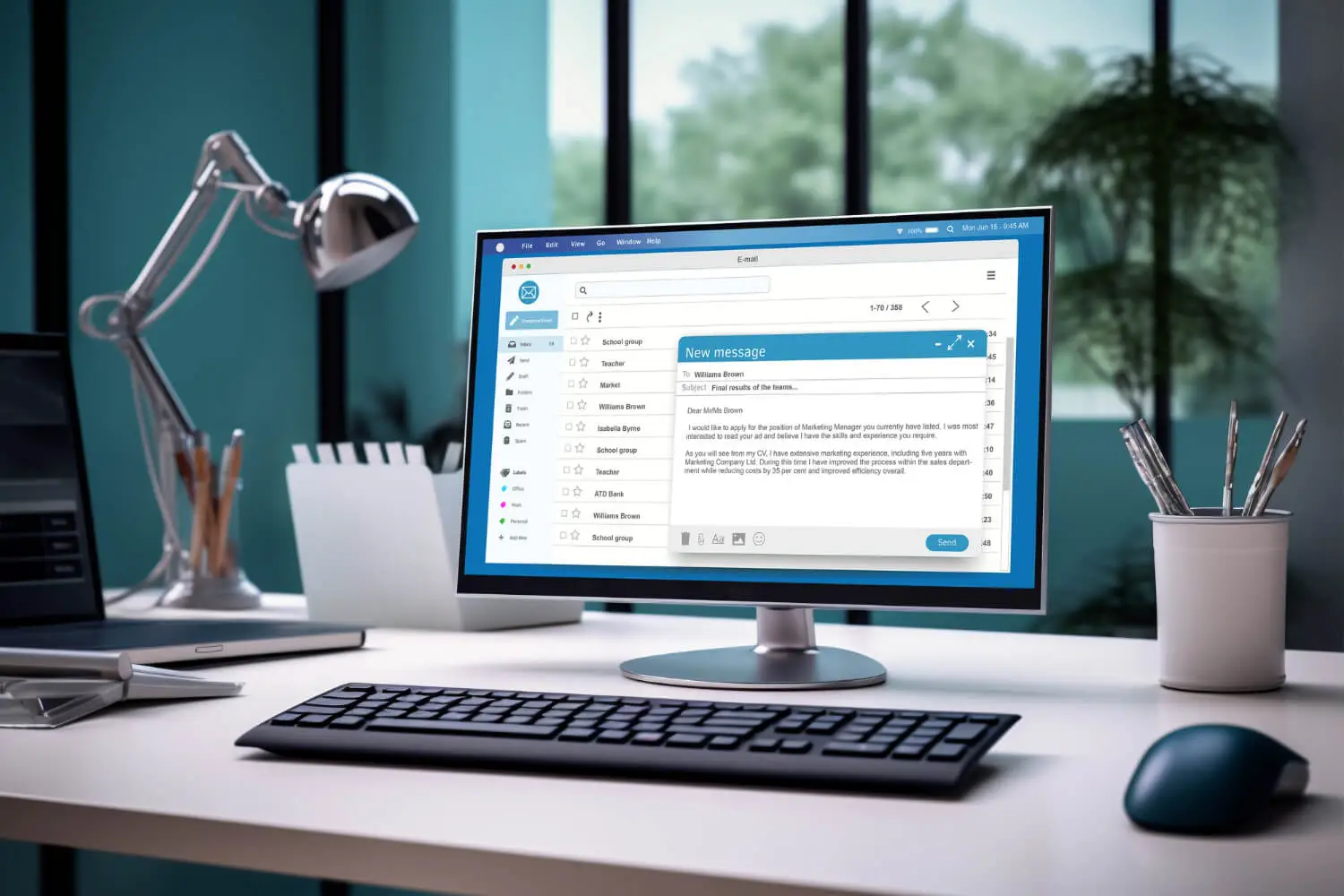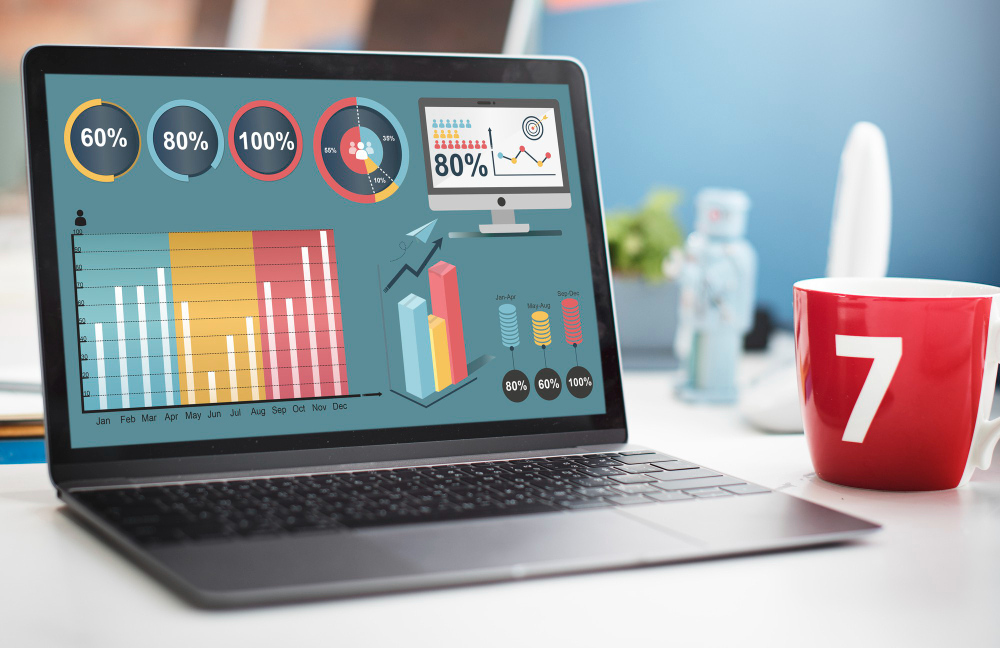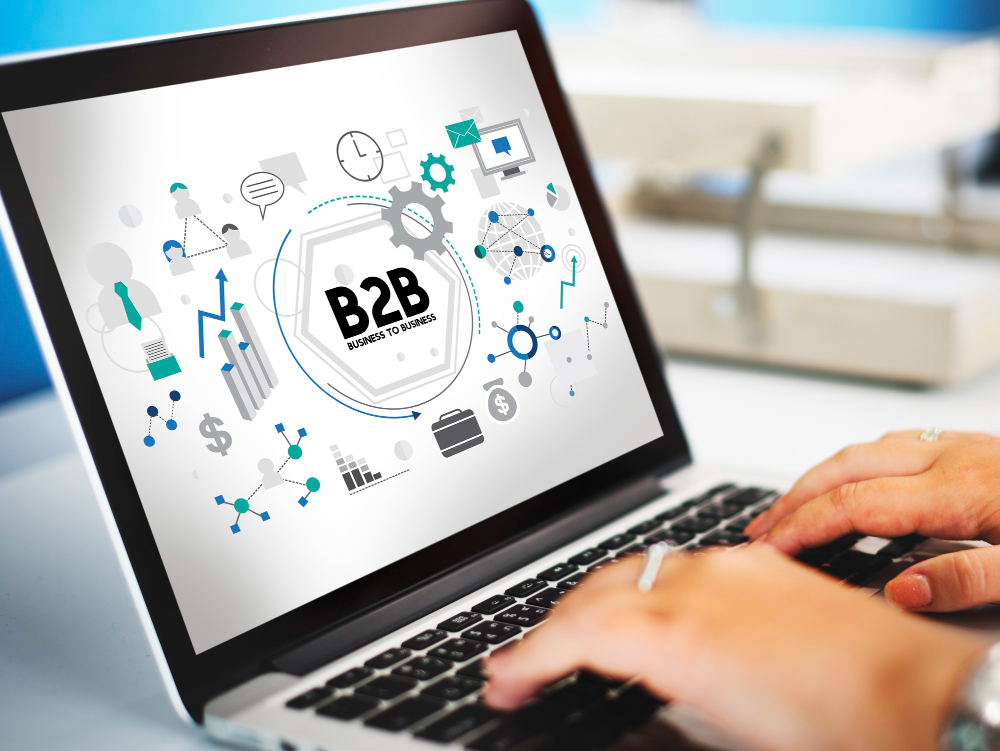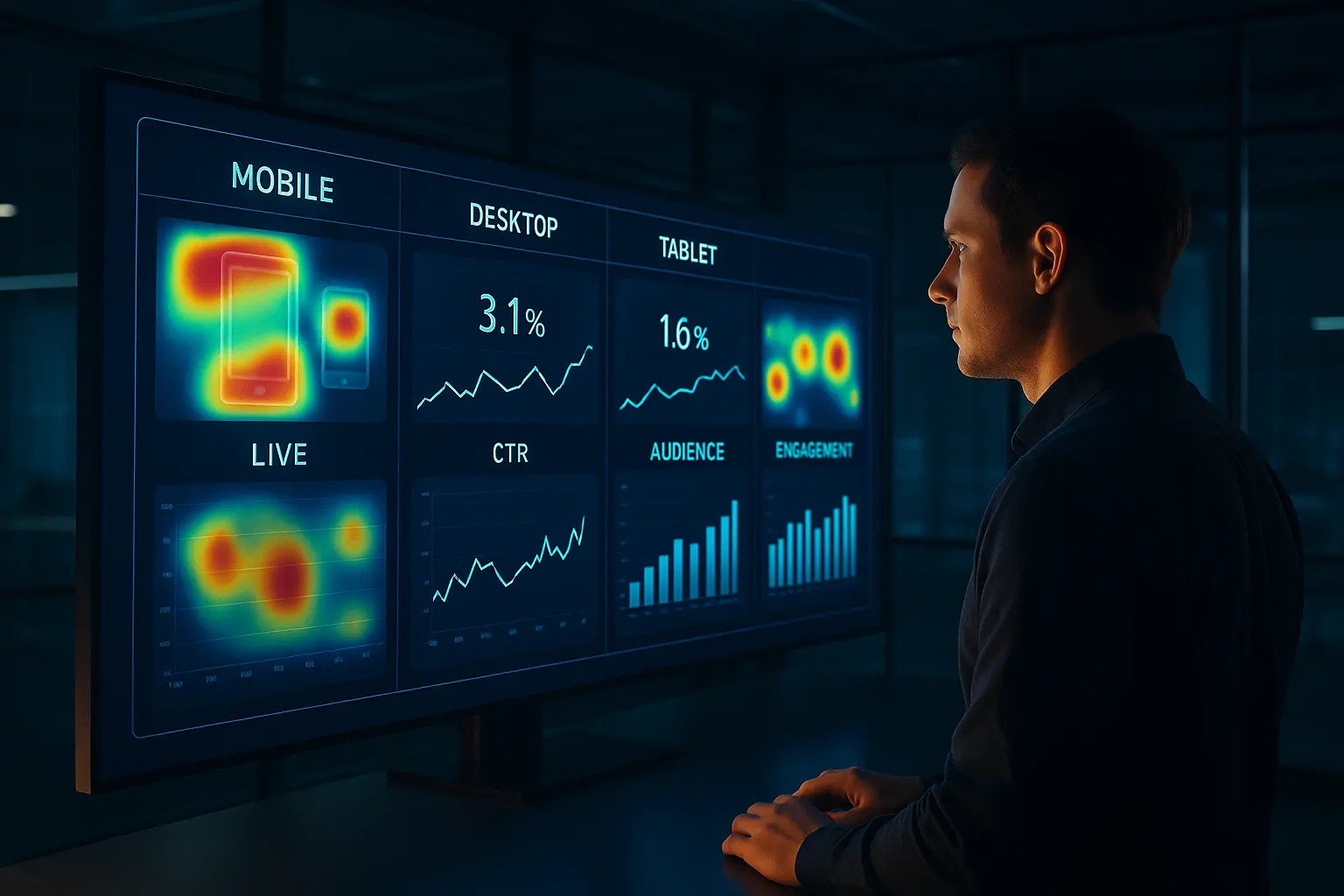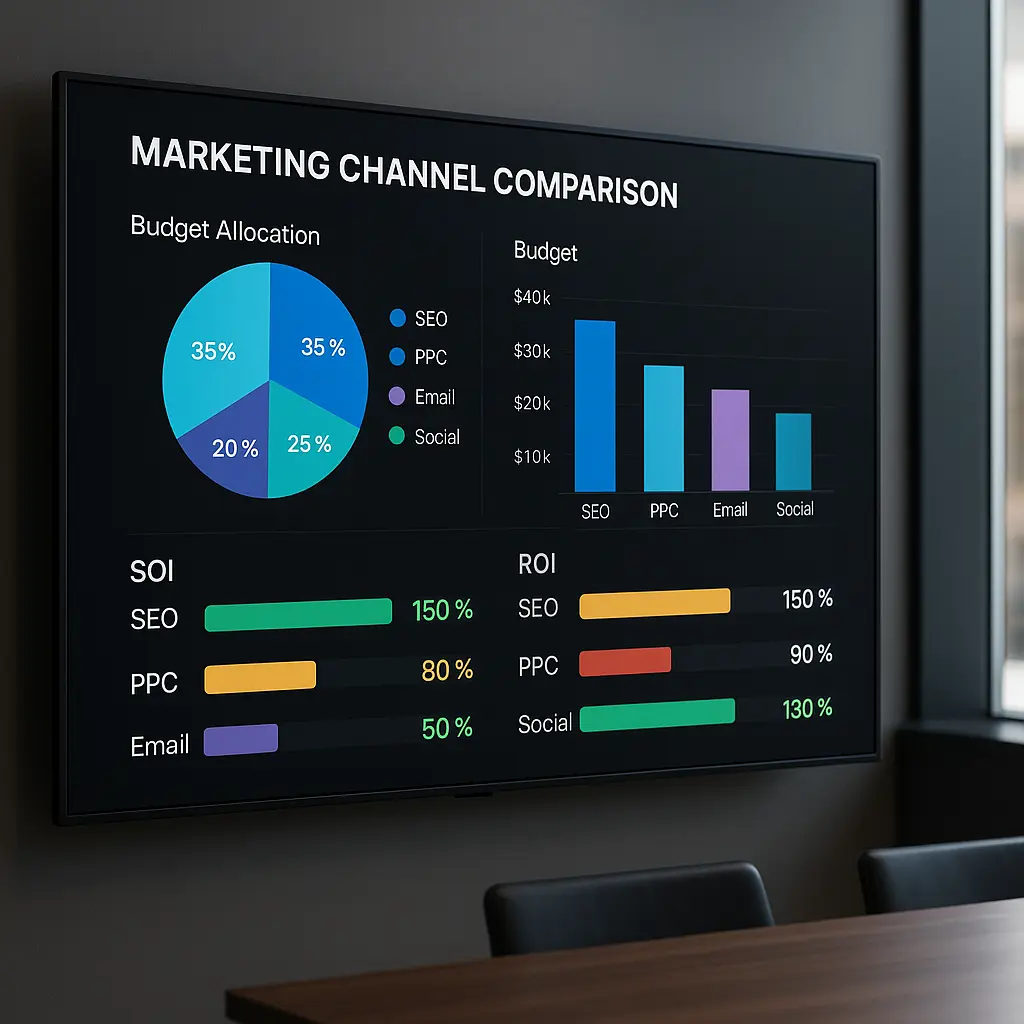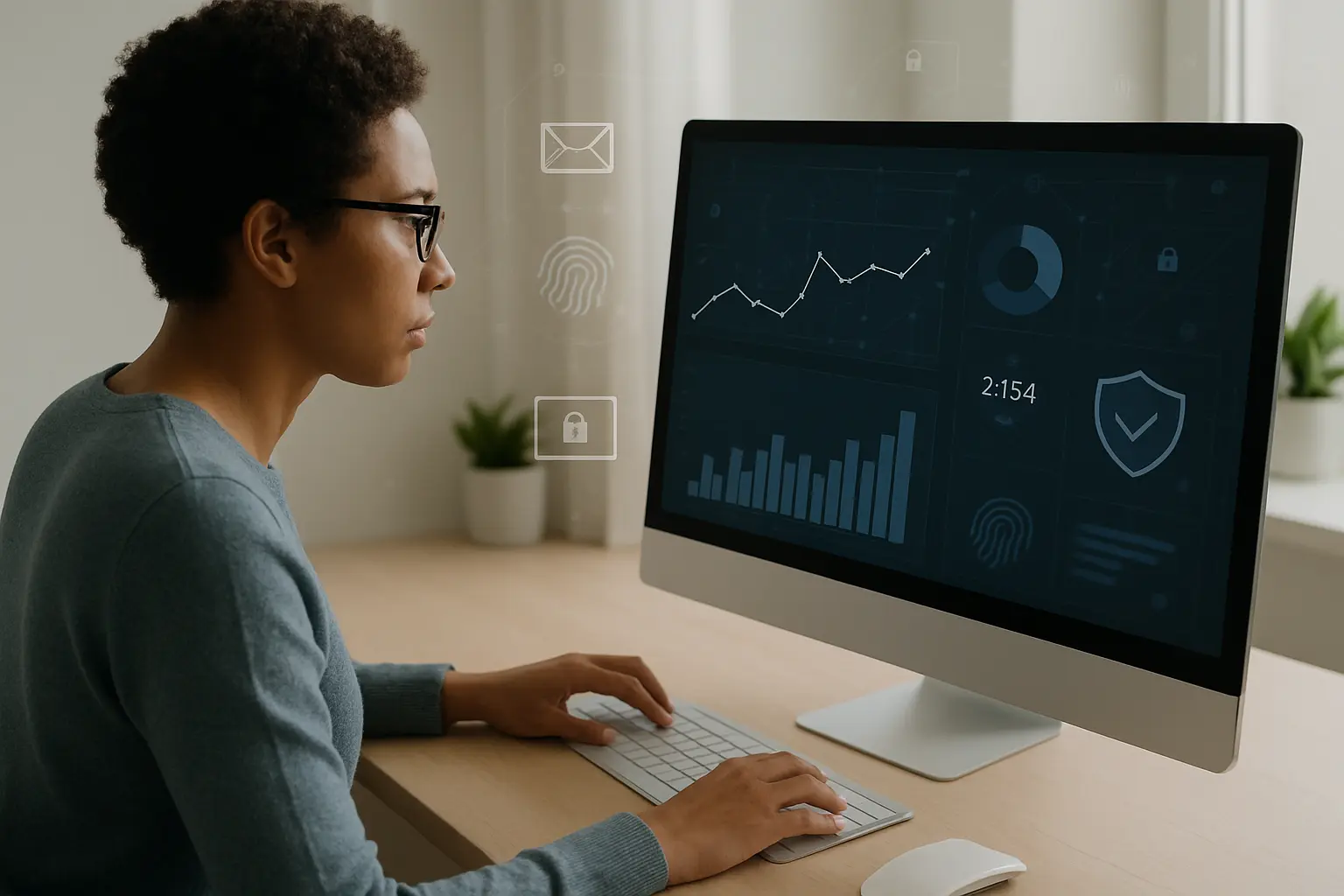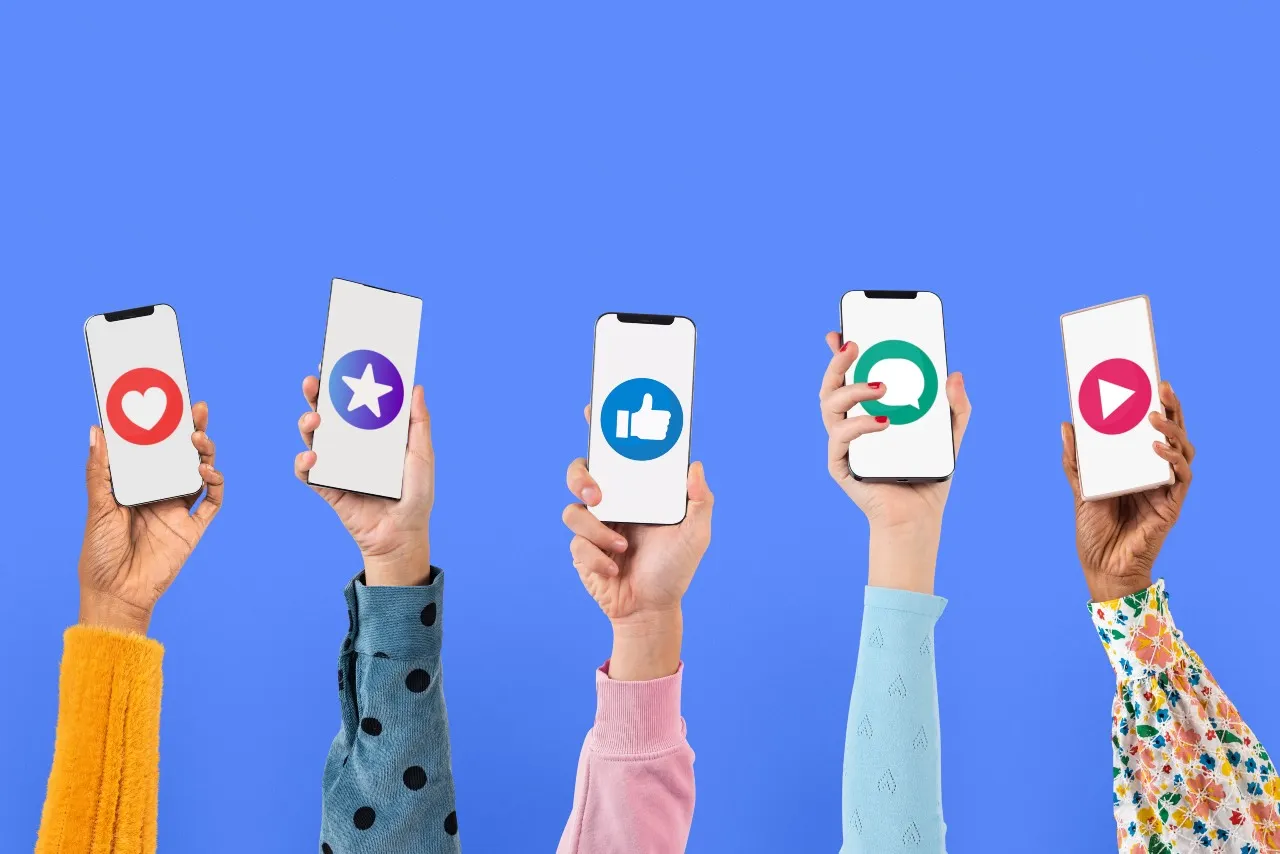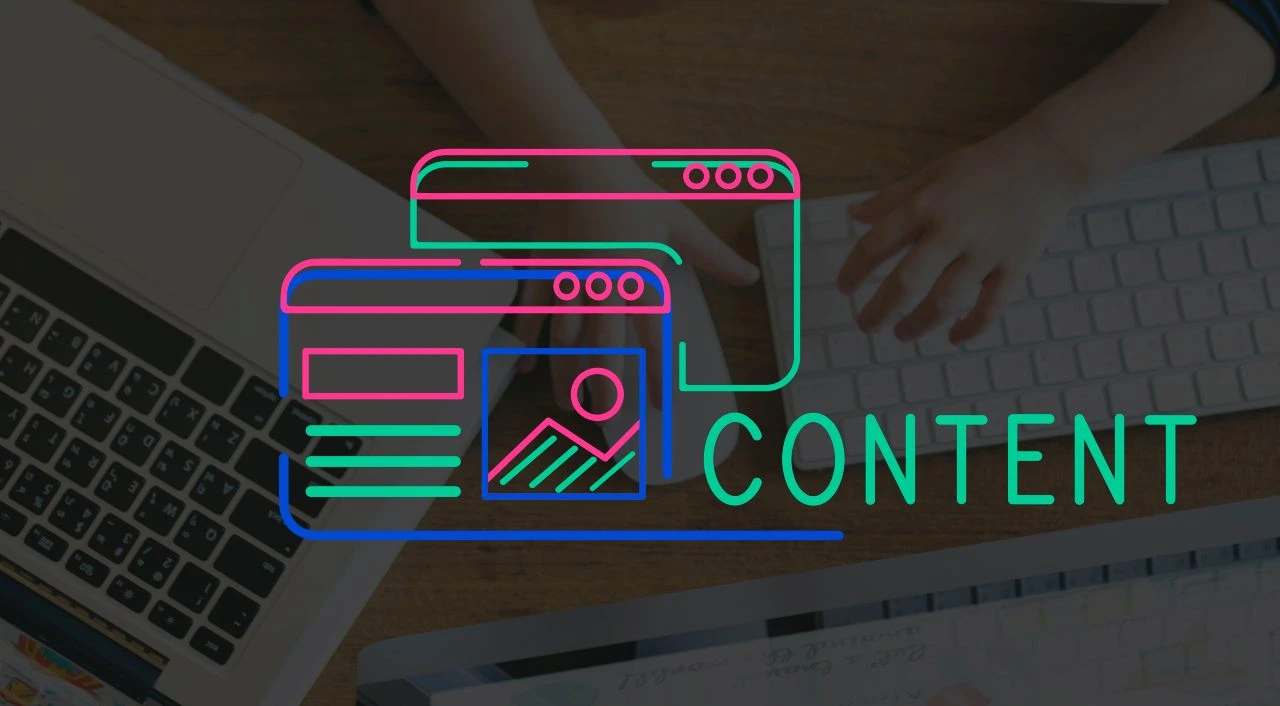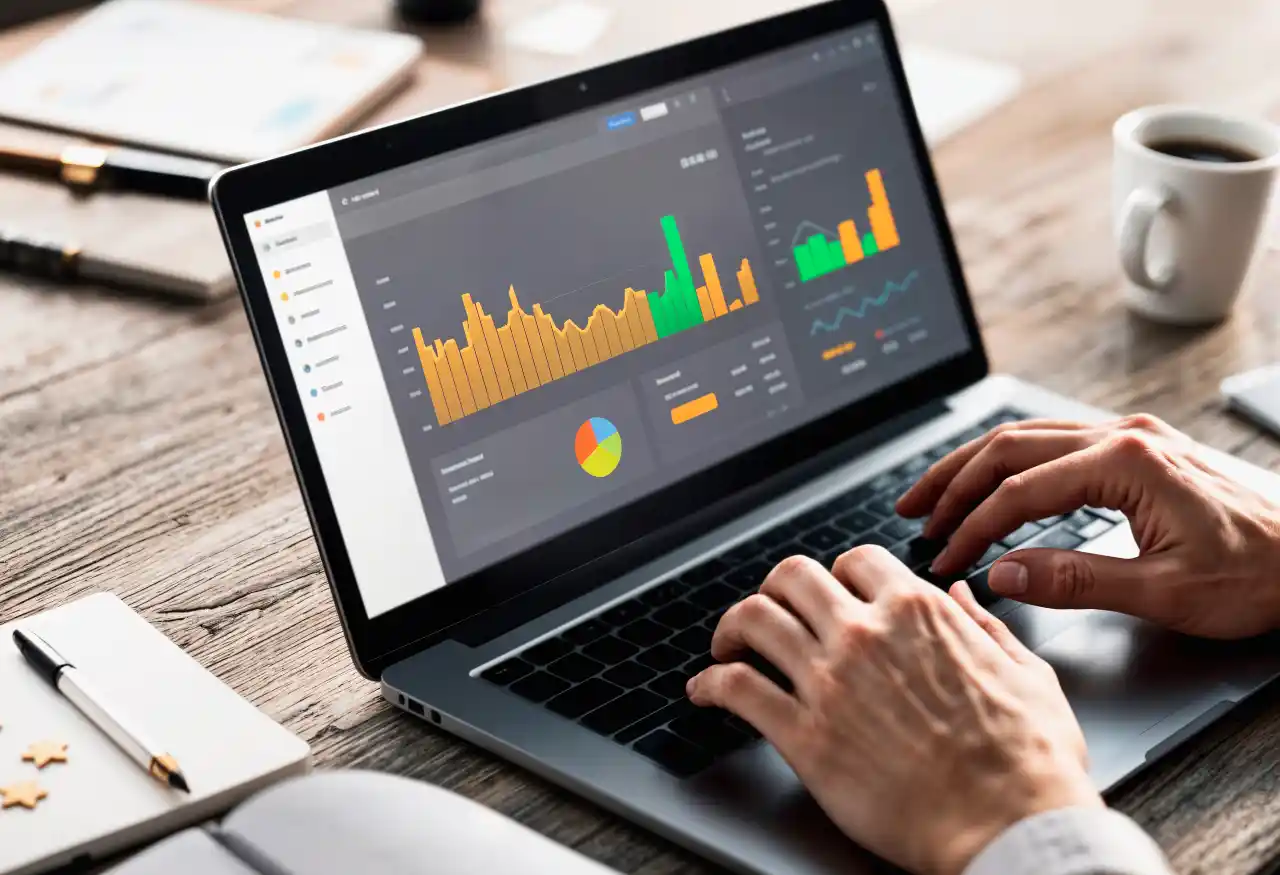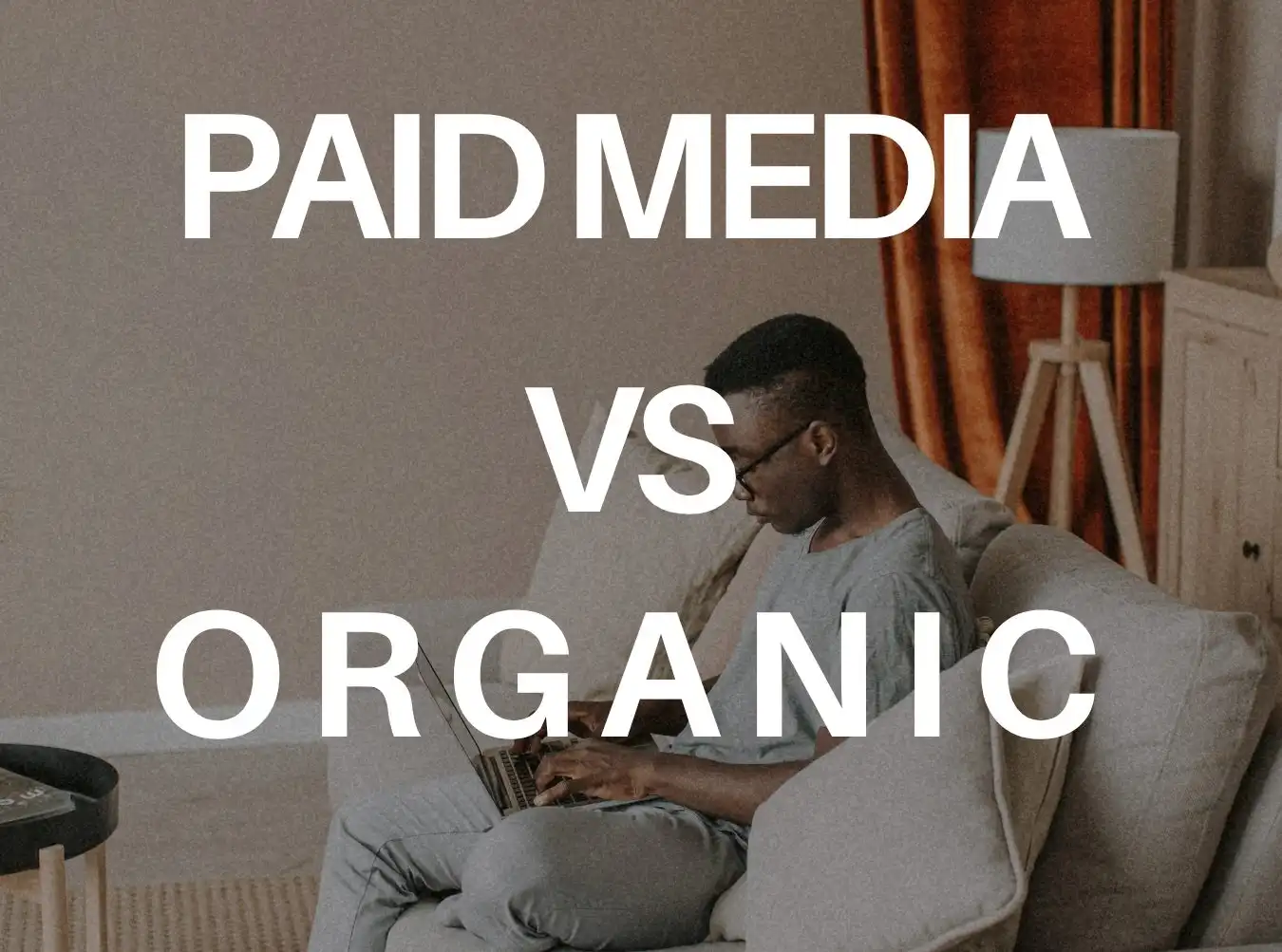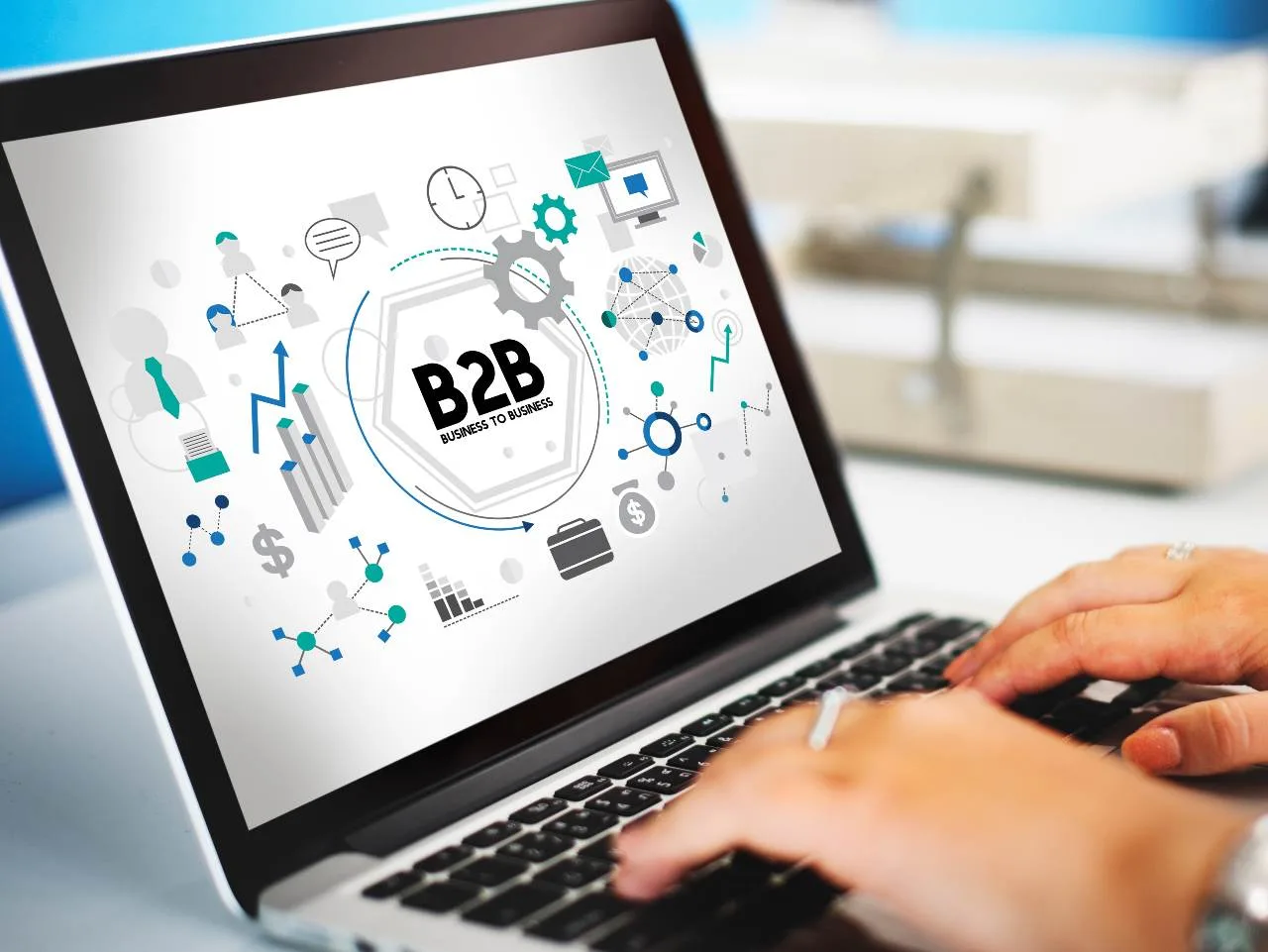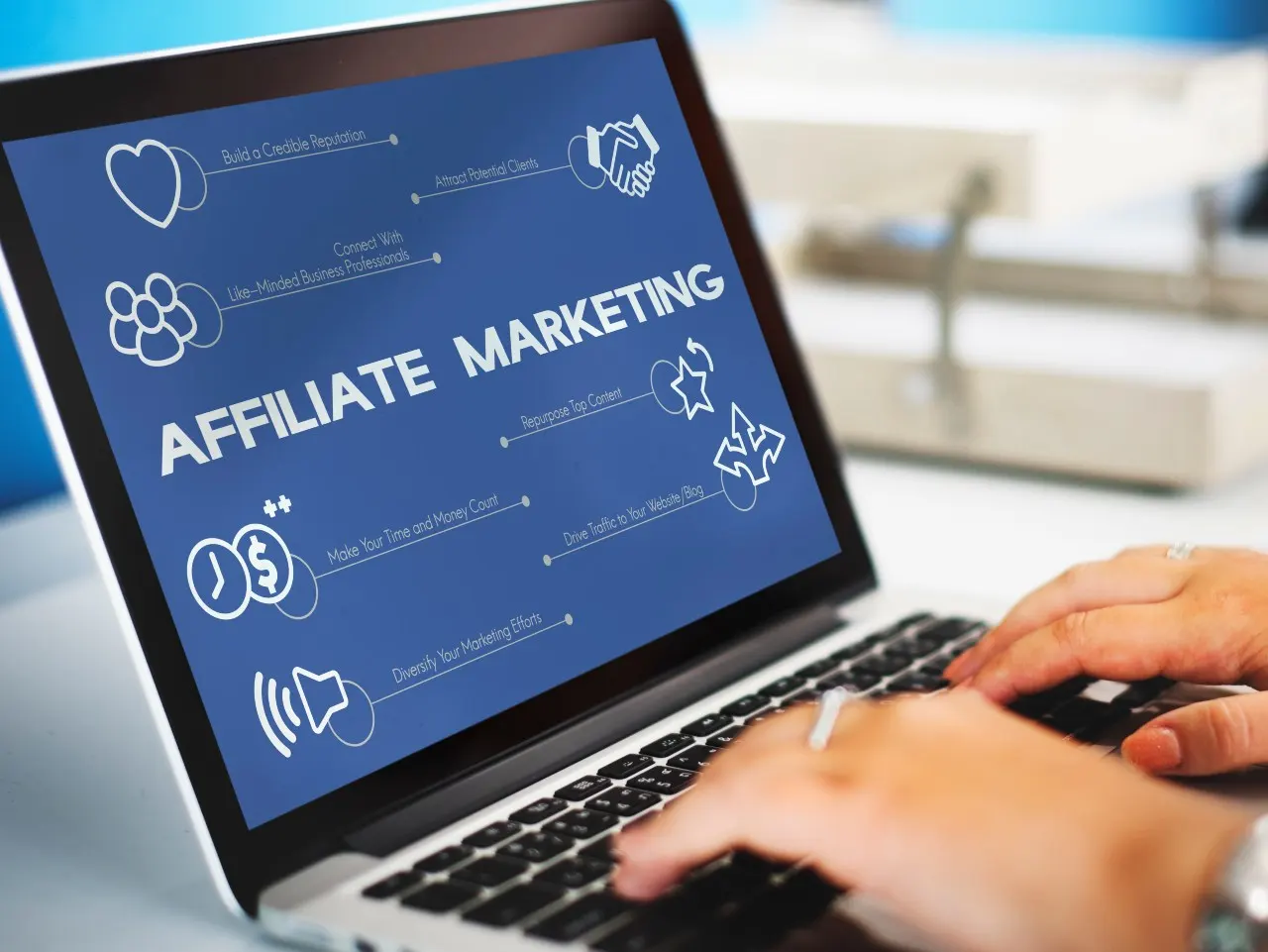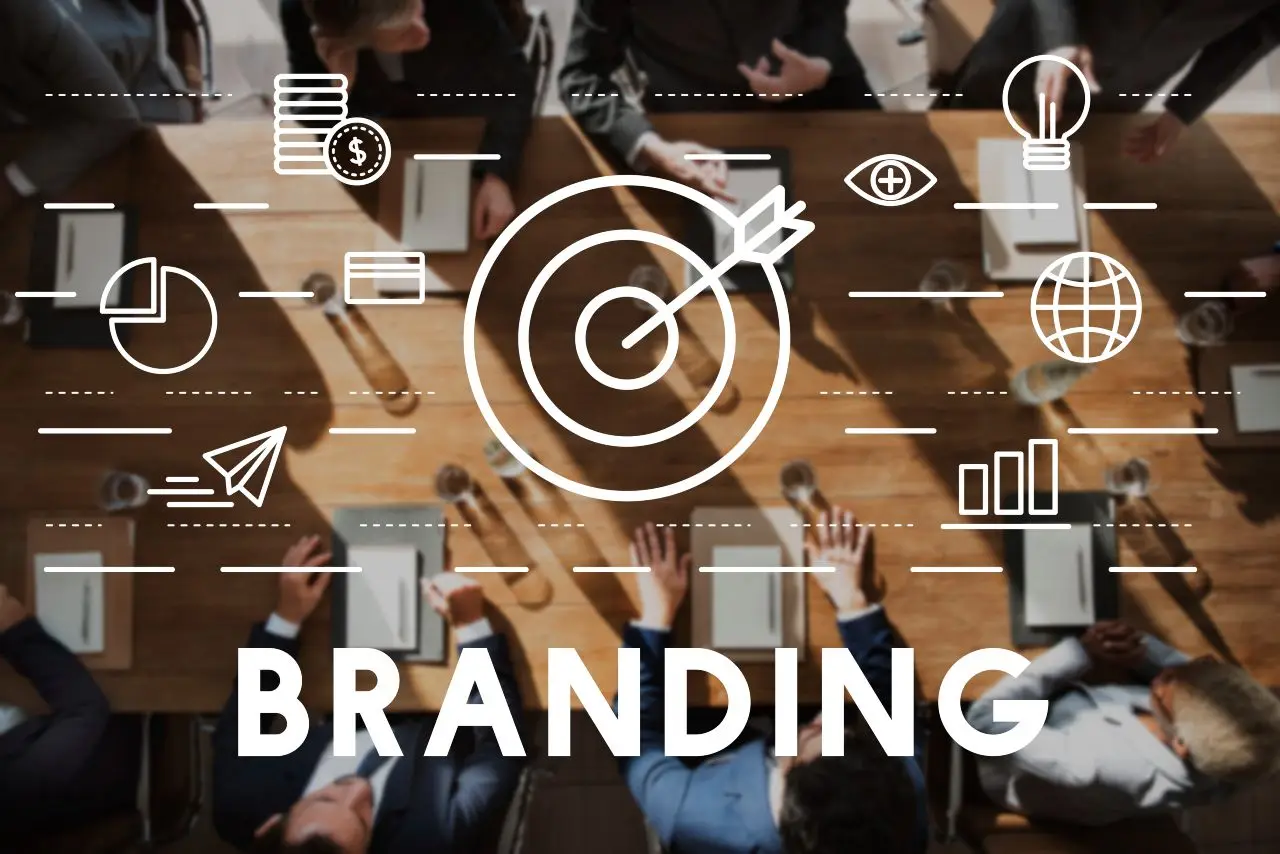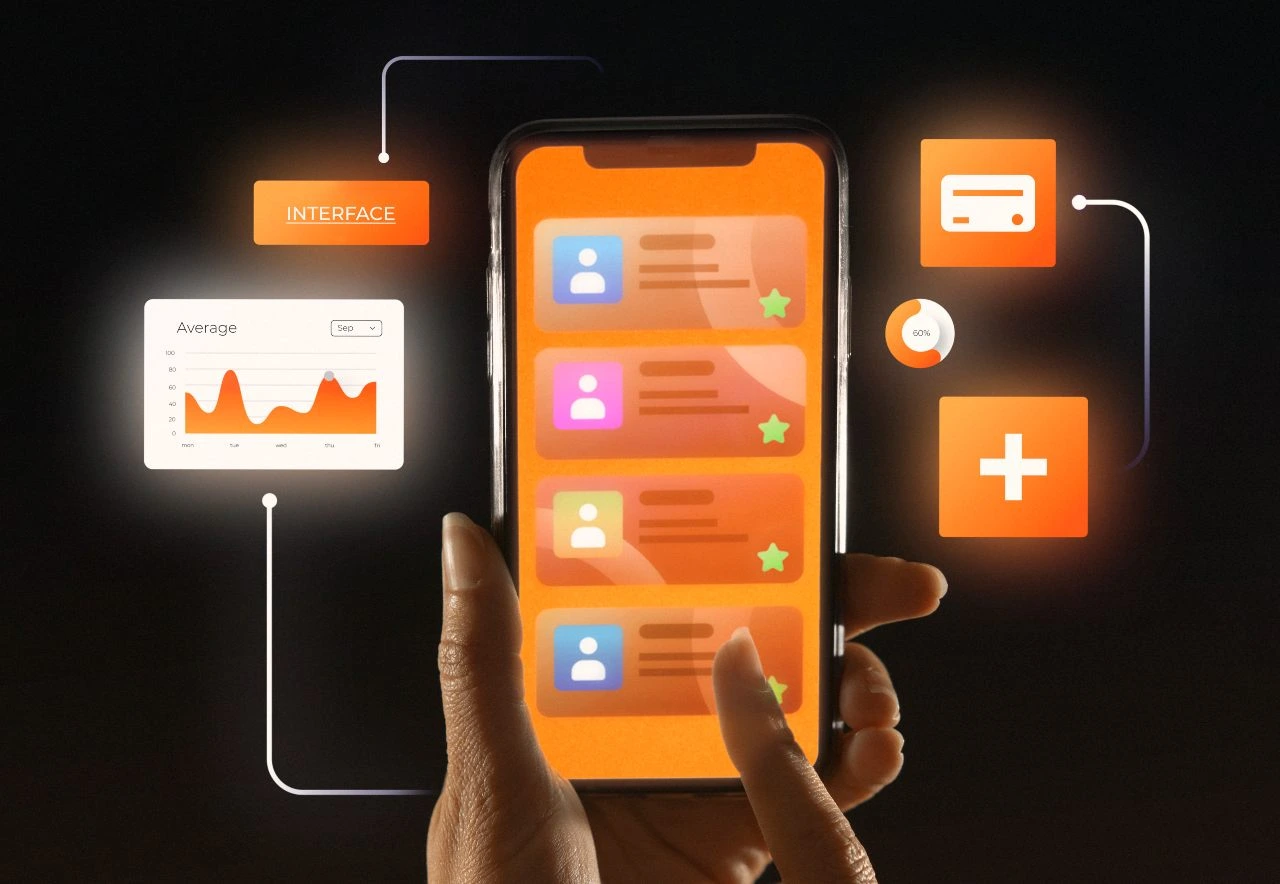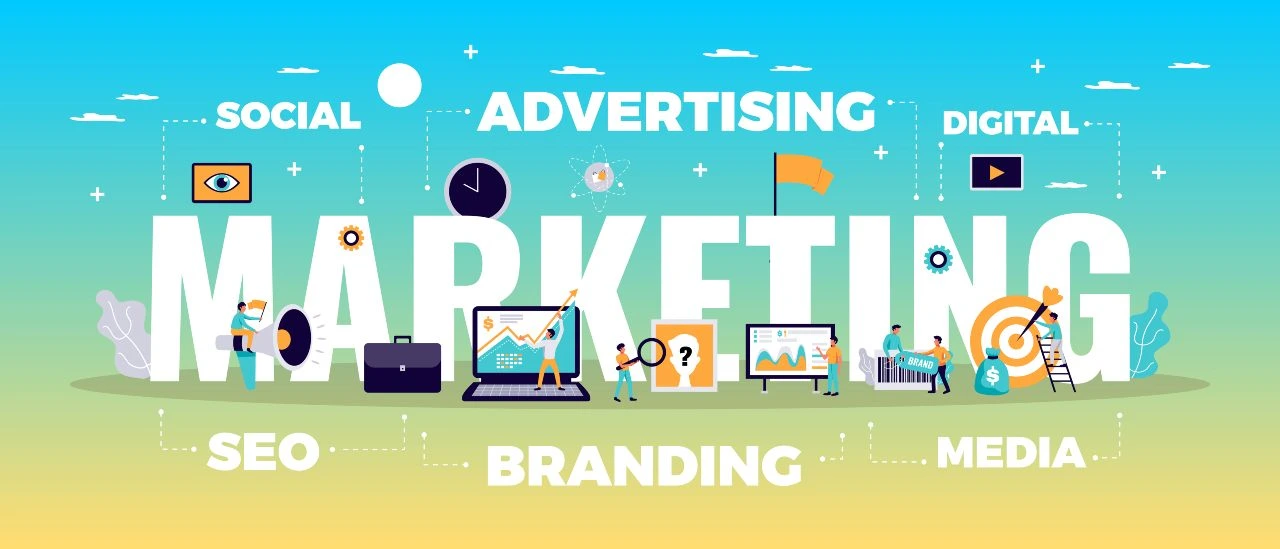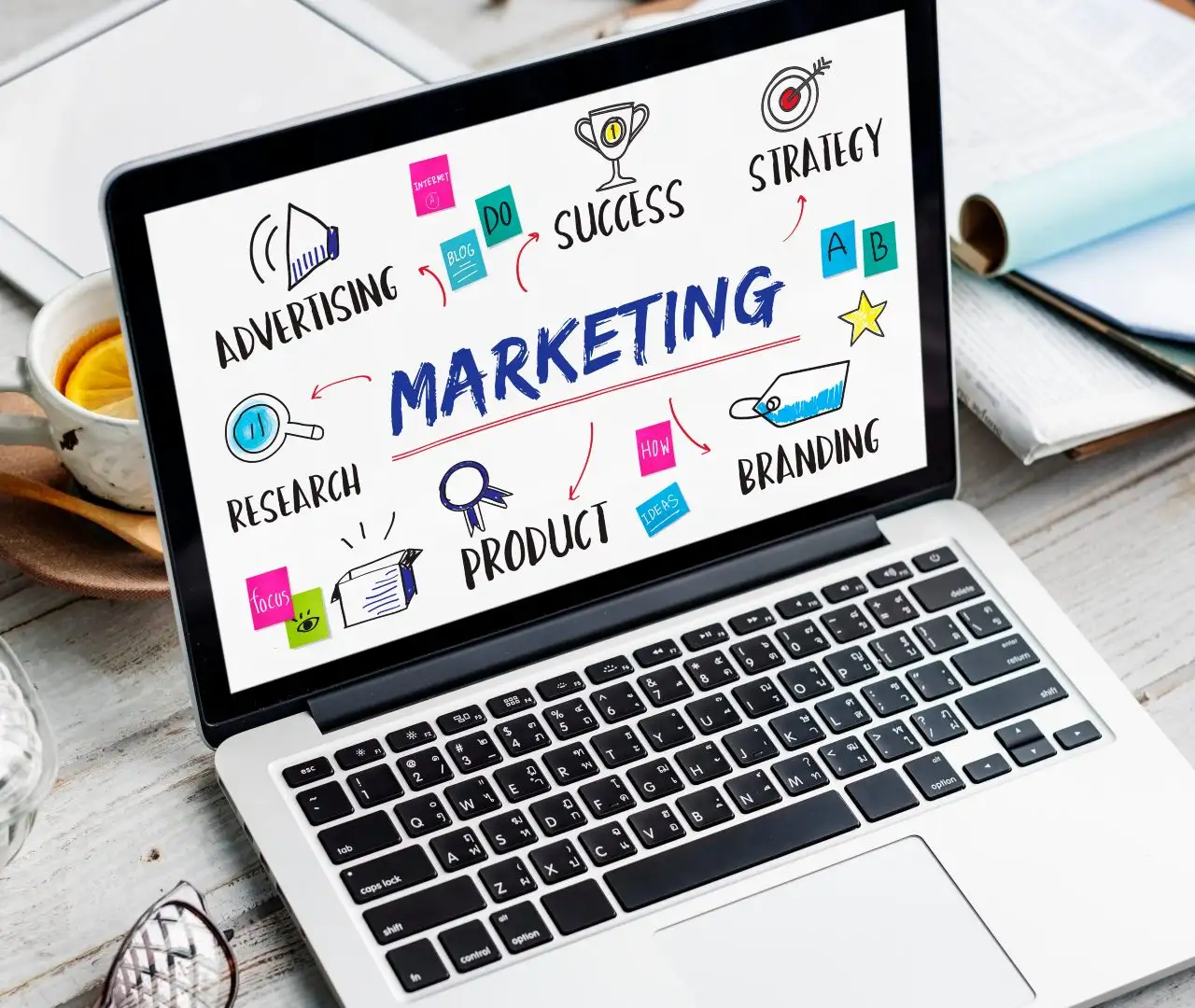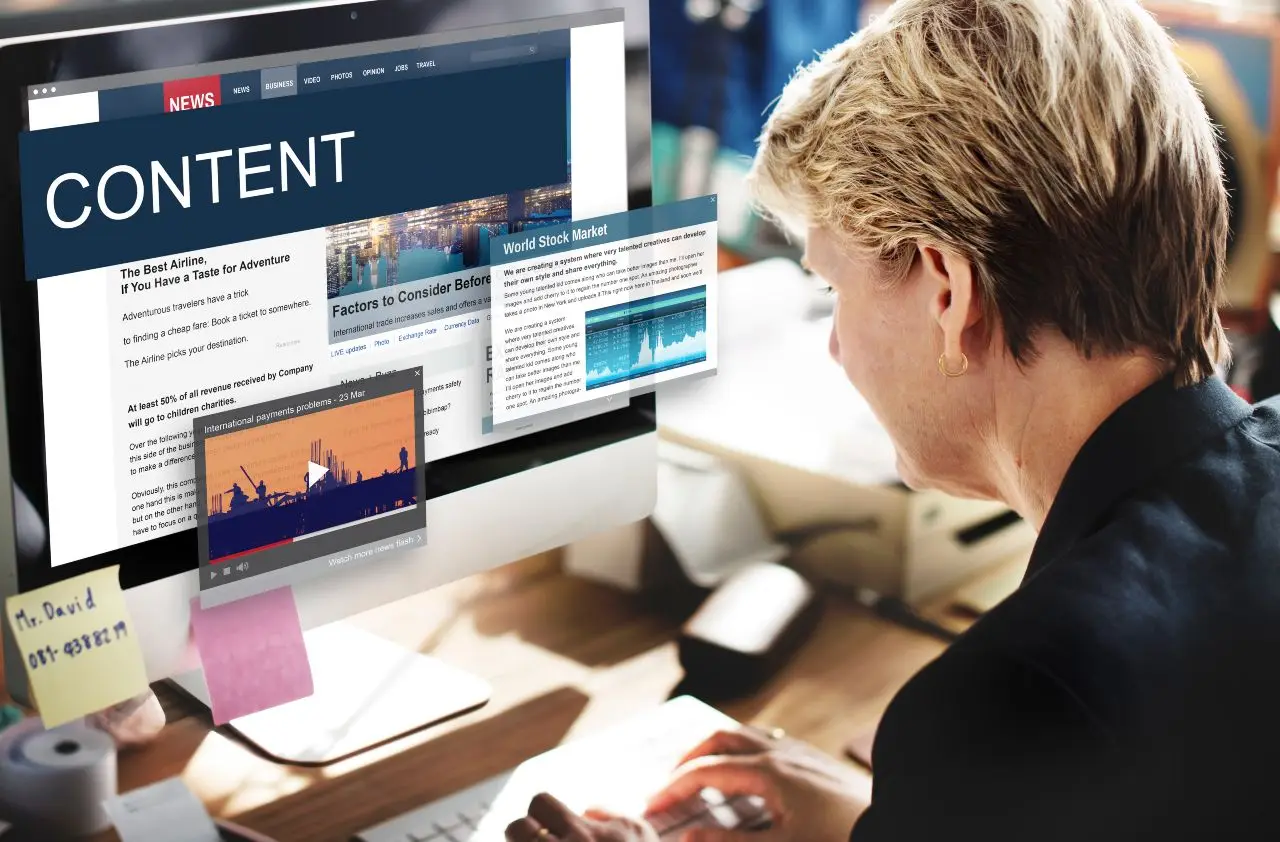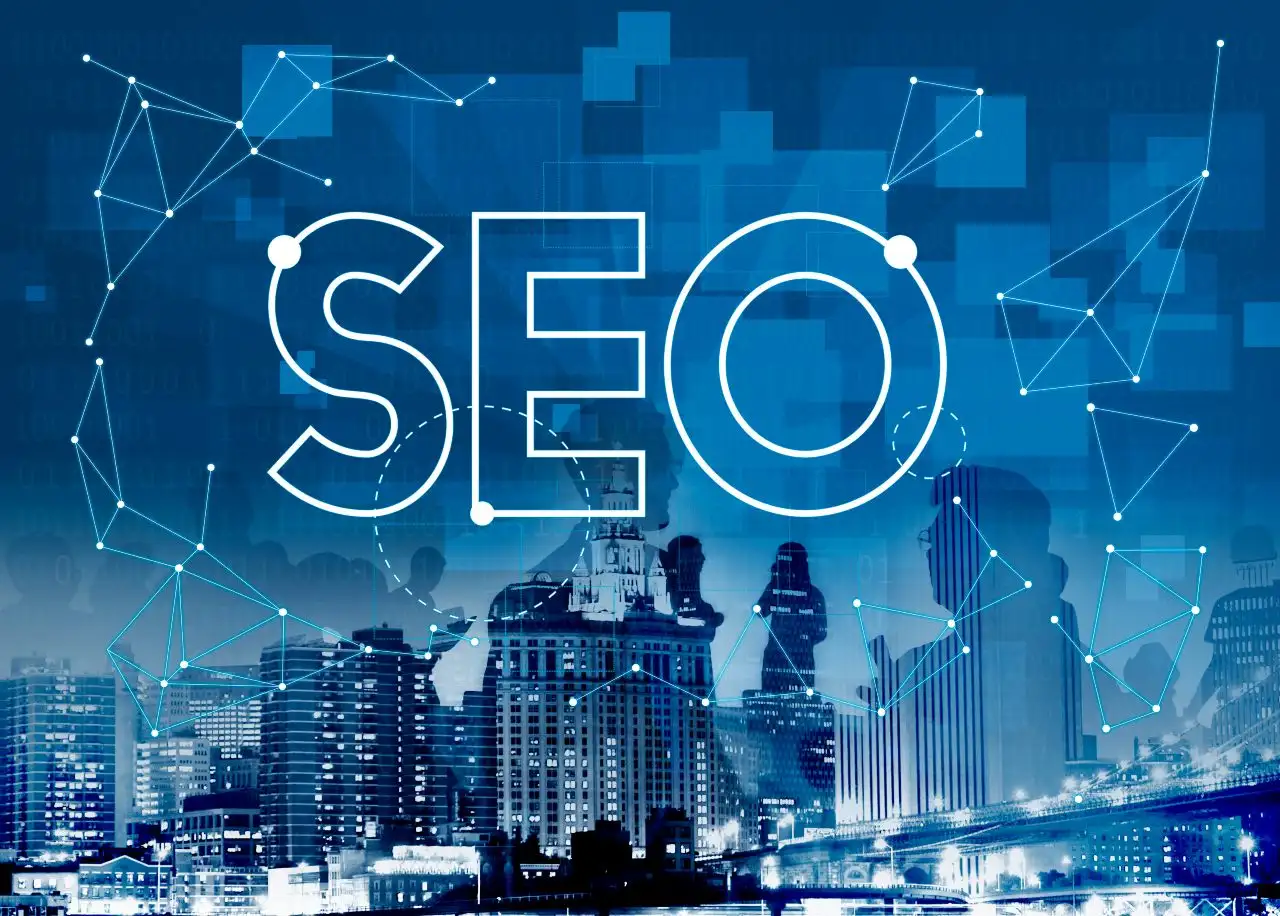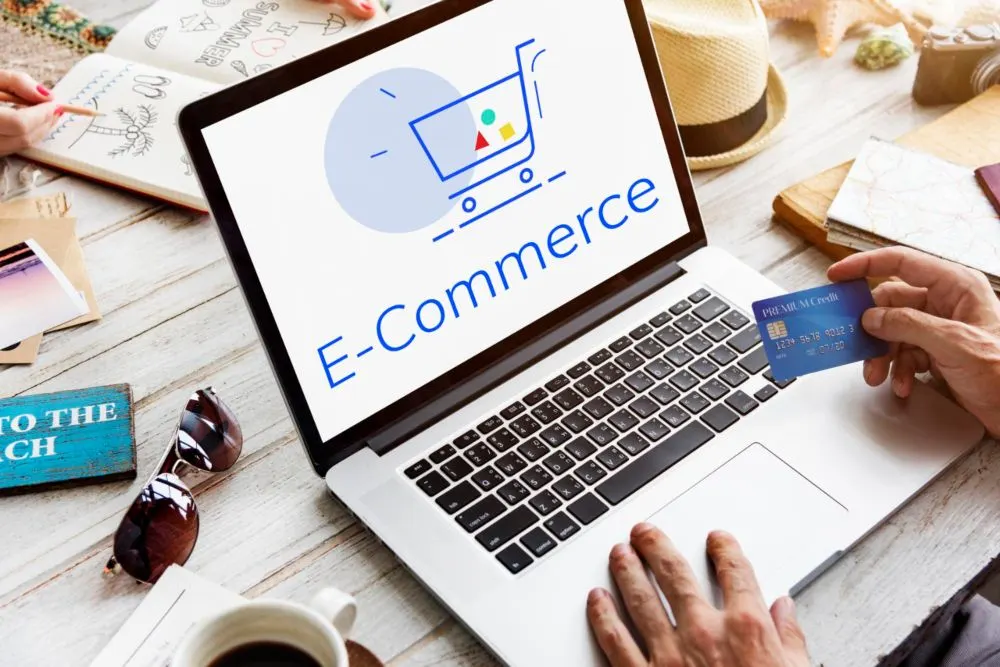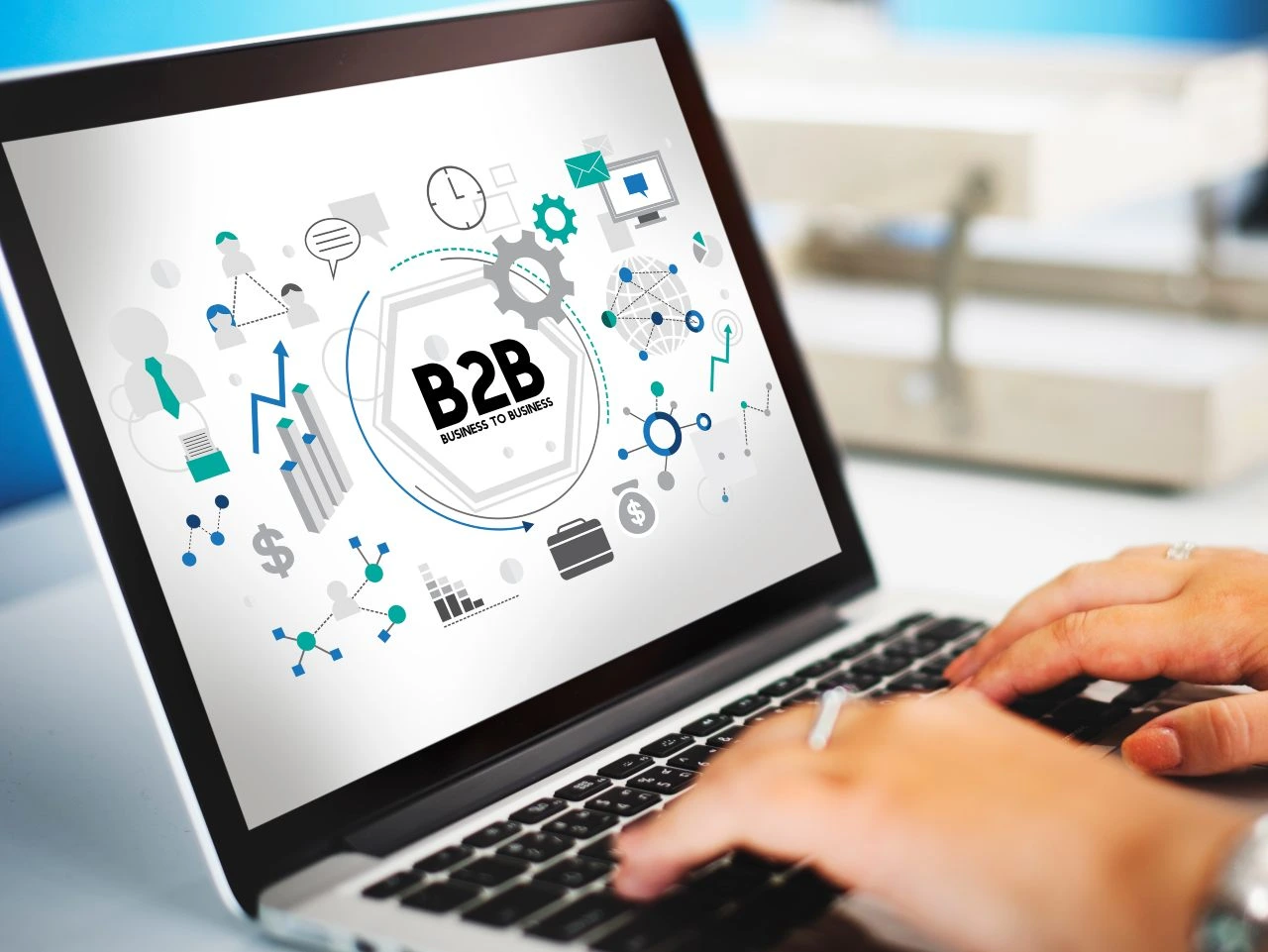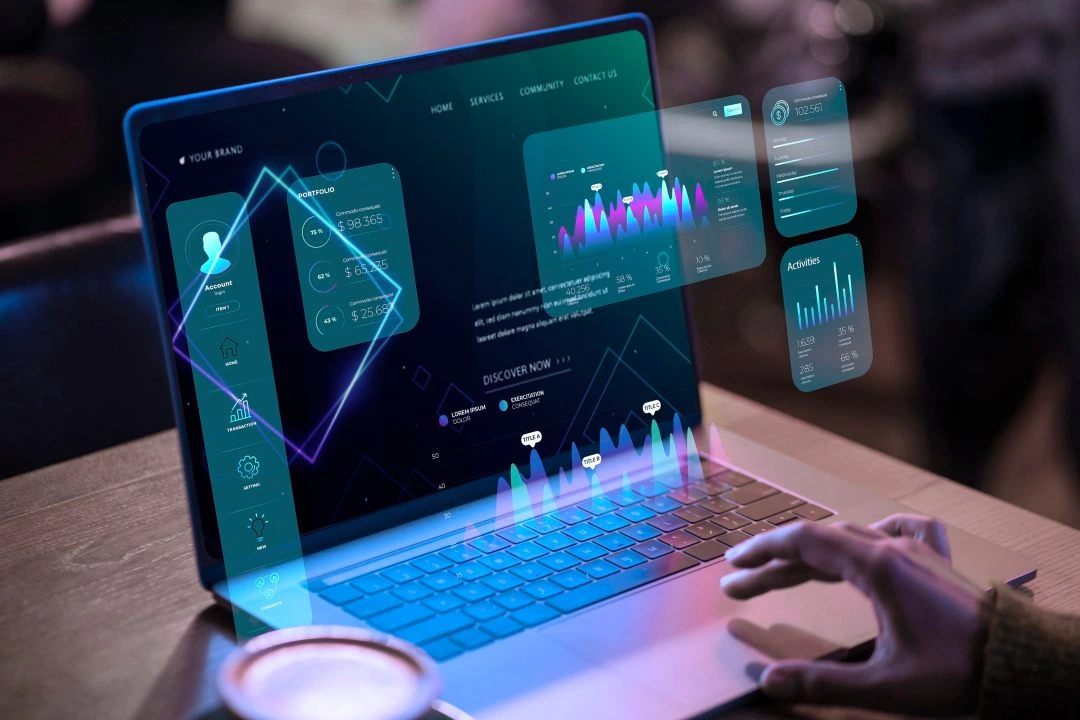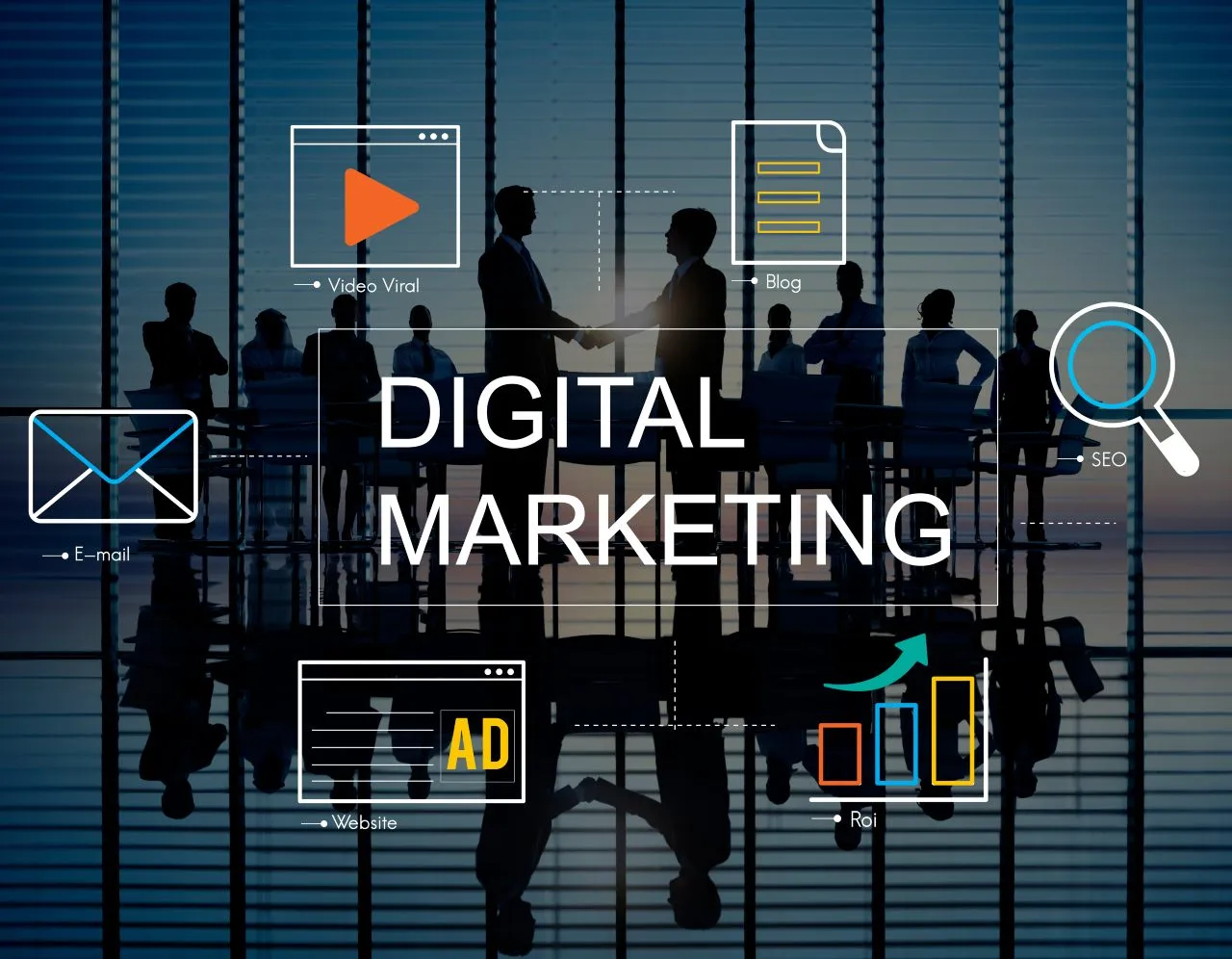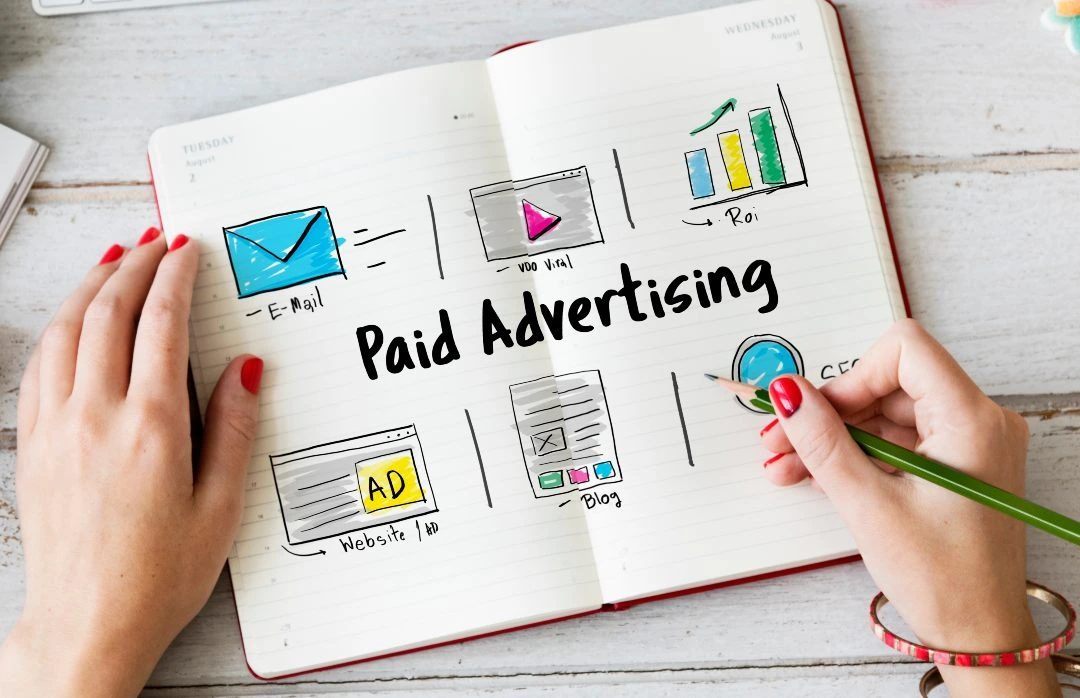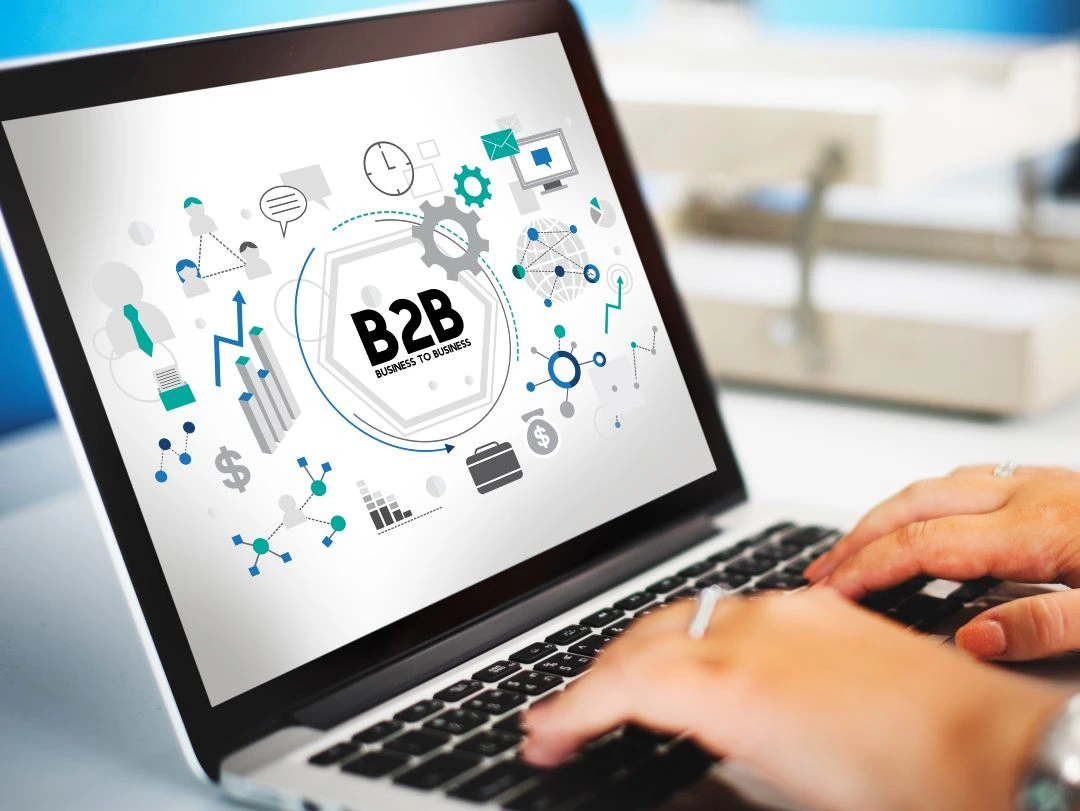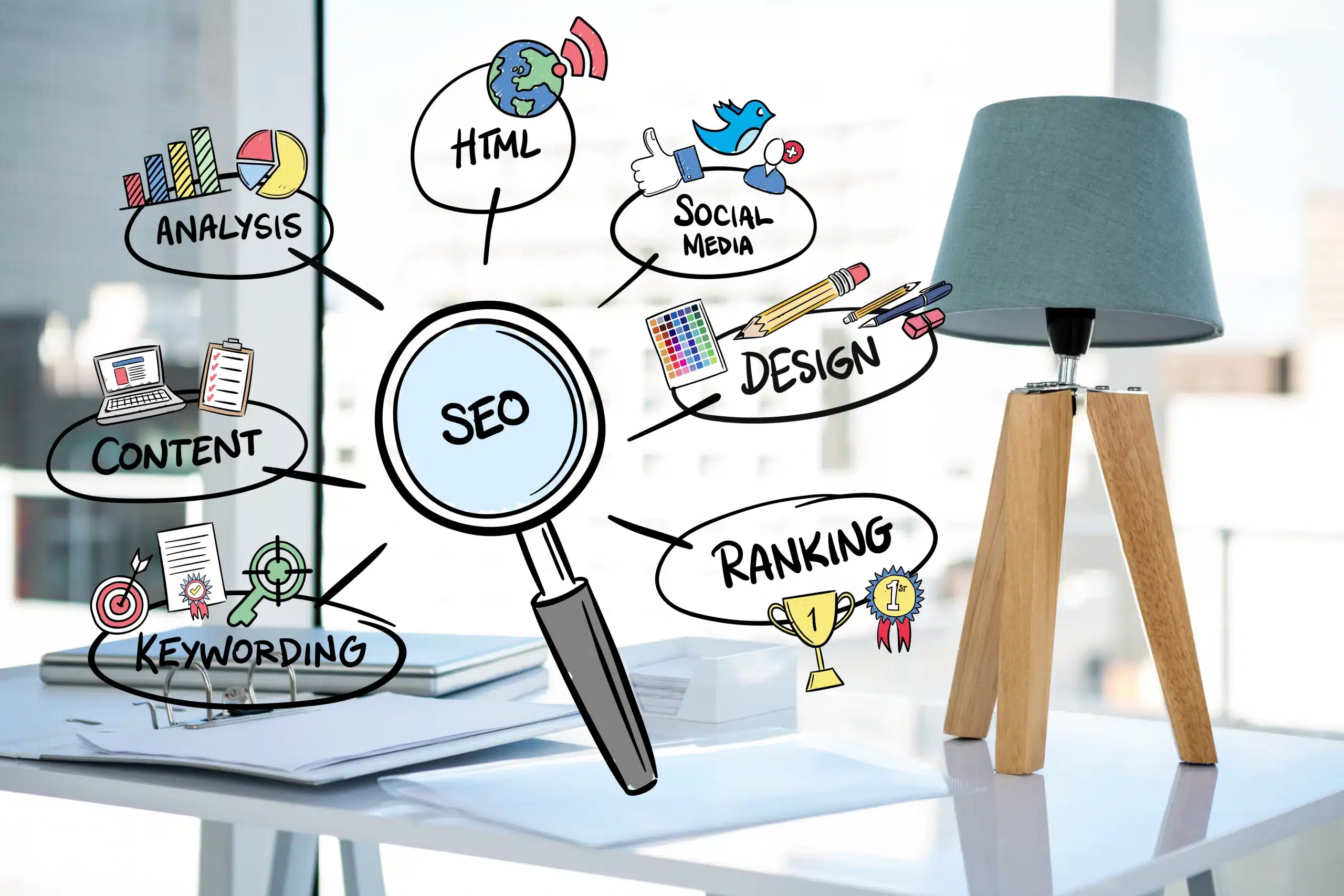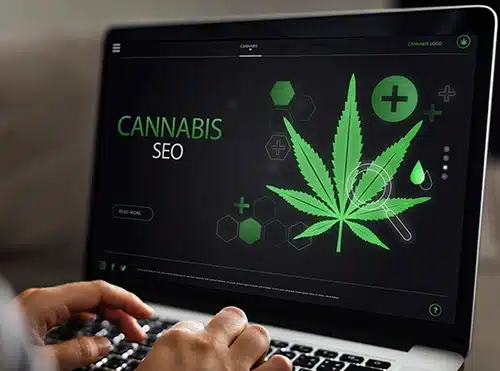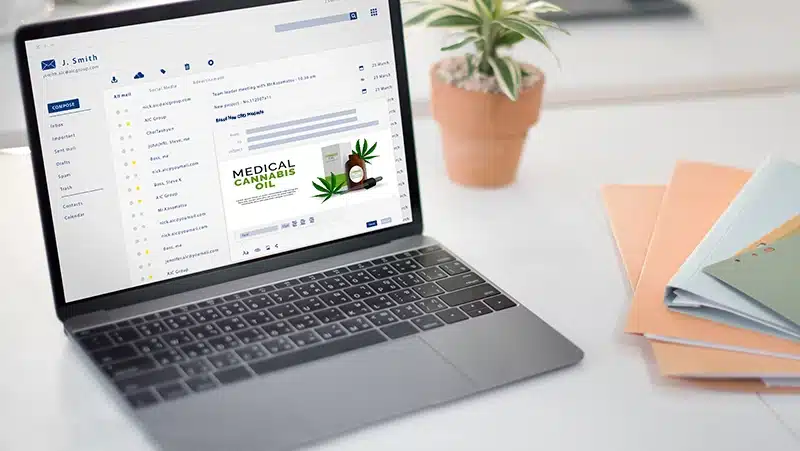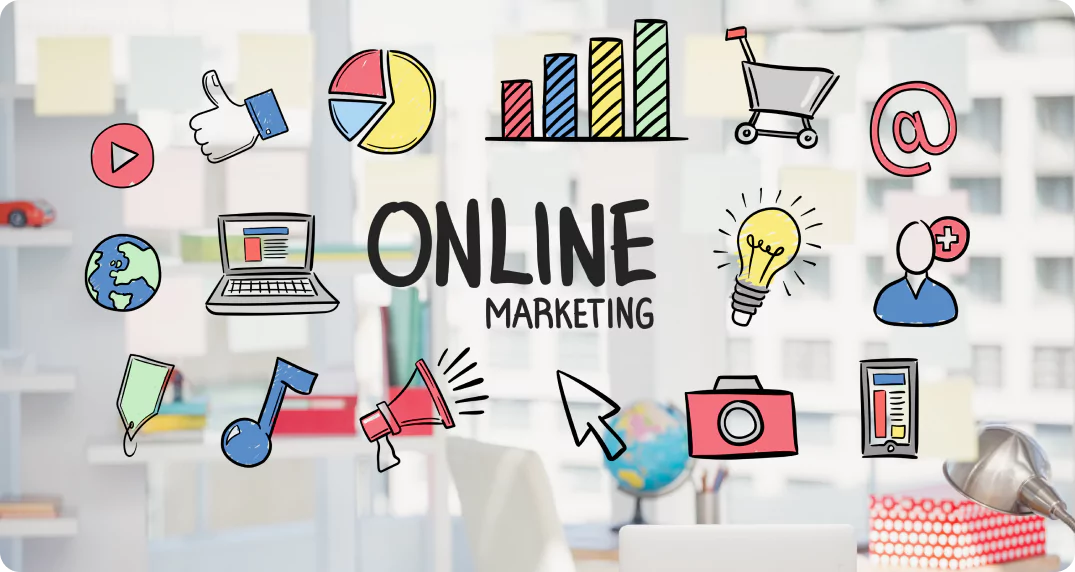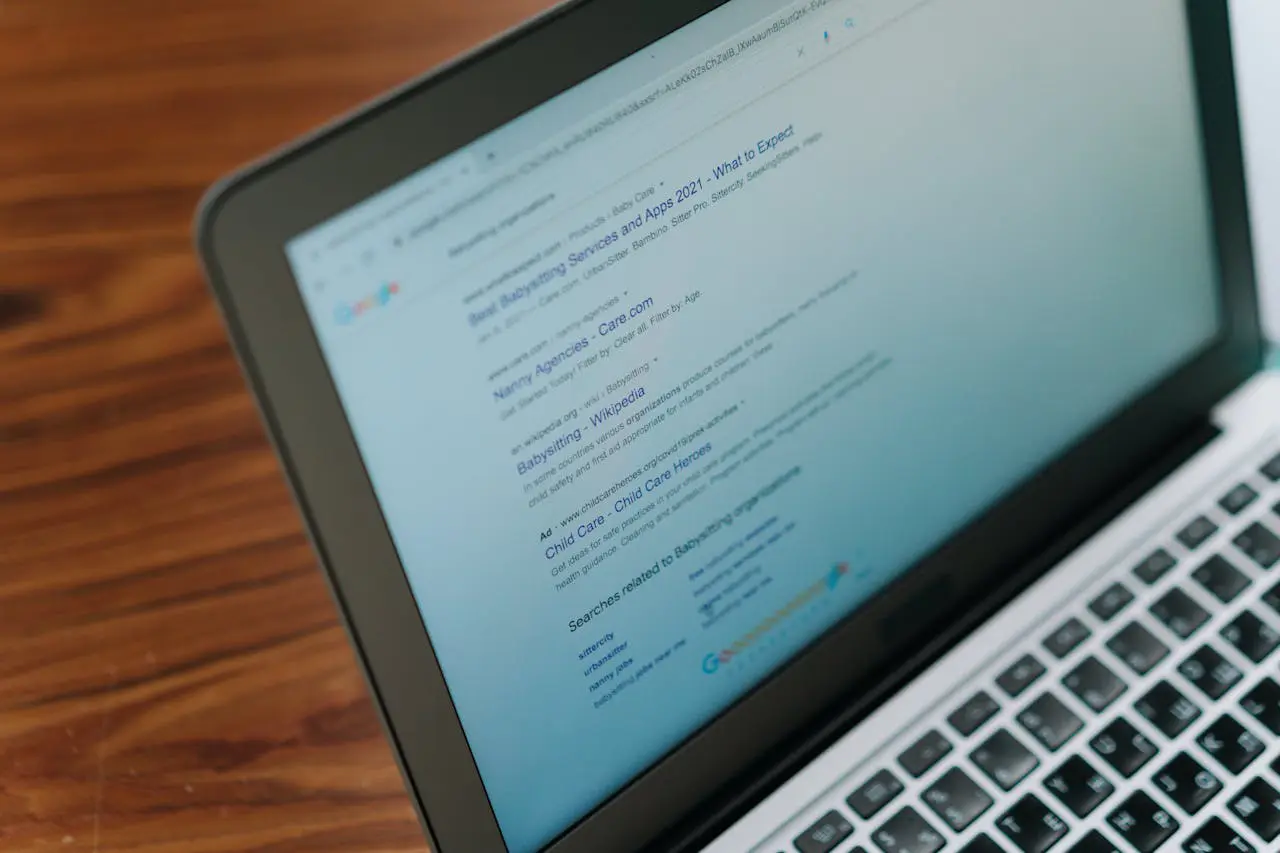Listen to article
In an era where marketing budgets are under constant scrutiny, many businesses find themselves at a crossroads: Should they cast a wide net or adopt a more focused approach? While the allure of reaching a broad audience is undeniable, are marketers inadvertently diluting their efforts by targeting too broadly?
Recent statistics shine a spotlight on the actual effectiveness of various marketing strategies, challenging conventional wisdom. For instance, while Pay-Per-Click (PPC) and display ads offer extensive reach, their impact on actual engagement and conversion rates varies significantly. Moreover, alternative methods like strategic SEO and content marketing offer compelling results at a fraction of the cost.
As we navigate the complexities of audience targeting breadth in 2025, it’s essential to examine the data, weigh the options, and refine your strategies for optimal impact.
Why SEO Deserves a Front-Row Seat in B2B Lead Strategies
In the world of B2B marketing, where decision cycles are longer and buyer journeys more complex, standing out at the right moment is everything. SEO isn’t just a tactic—it’s a strategic asset that ensures your business appears when potential clients are actively seeking solutions. Unlike paid ads that disappear with a depleted budget, SEO creates lasting value, continuously driving organic leads and positioning your brand as a trusted resource.
- 57% of B2B marketers identify SEO as their most effective strategy for lead generation, surpassing other marketing channels. Source
- SEO accounts for a notable 14.6% of all lead generation for B2B companies, proving its impact on business growth. Source
- On average, B2B buyers conduct 12 Google searches before committing to a purchase, underscoring the importance of maintaining visibility throughout the research phase. Source
Moving Beyond the Numbers: Why SEO Matters
What these stats reveal is more than just SEO’s efficacy—it’s about the shift in how B2B buyers make decisions. Buyers are increasingly self-reliant, researching extensively before engaging with sales teams. Your business can either be part of their discovery process—or miss out entirely. An optimized, content-rich website tailored to industry-specific queries can position your brand as the go-to authority right when buyers need it most.
Pro Tip: As search engine algorithms evolve, so do buyer behaviors. Stay ahead by investing in keyword research tailored to your niche and creating value-packed content that addresses pain points at every stage of the buyer journey. Don’t forget to leverage tools like SEMrush, Ahrefs, or Google Search Console to measure and adjust your efforts over time.
Additionally, for businesses looking to refine their approach to targeting and lead generation, exploring a comprehensive B2B website strategy can provide valuable insights. A well-thought-out strategy ensures that your website not only attracts traffic but also converts those visitors into qualified leads.
The Art of Precision: Why Strategic Segmentation Outshines Broad Targeting
Casting a wide net may seem like the fastest route to brand awareness, but in today’s marketing landscape, relevance often trumps reach. With increasingly sophisticated tools available to marketers, precision targeting offers the ability to not only reach potential customers but to engage them on a deeper, more personal level. When budgets are climbing and platforms offer expansive reach, the question isn’t how far your message can go—it’s whether it will resonate with the right people.
- PPC ads on the Google Display Network can potentially reach 90% of internet users, showcasing unparalleled audience access. Source
- 63% of companies have increased their marketing budgets, signaling a clear focus on scaling efforts to connect with key audiences. Source
While high reach remains an aspirational metric for many campaigns, it’s only meaningful when paired with strategic audience segmentation. By refining your approach, marketers can align campaign goals with audience behaviors, unlocking ROI opportunities that broad targeting risks diluting.
Pro Tip:
Leverage platforms like Google Analytics, HubSpot, and social media insights to identify high-performing micro-segments within your audience. Combine these insights with A/B testing to hone your messaging and ensure each interaction feels personalized and purposeful.
Amplify Brand Visibility with Data-Driven PPC Strategies
Leveraging PPC campaigns is no longer just about immediate clicks—it’s about shaping consumer behavior and building long-term brand recognition. By aligning your ads with targeted audiences, you can not only drive traffic but also foster meaningful connections that translate into higher search intent and brand loyalty. The impact of well-placed display ads goes beyond impressions, creating lasting engagement opportunities in an increasingly competitive digital advertising landscape.
- Exposure to display ads increases the likelihood of consumers searching for brand-related terms by 155%. Source
- Pay-per-click (PPC) ads can boost brand awareness by up to 46%. Source
Key Takeaway: PPC is More Than a Transaction—It’s a Brand Powerhouse
Beyond immediate conversions, these statistics reveal an essential insight: PPC campaigns are a cornerstone for shaping how audiences perceive and search for brands online. By melding creativity with analytics, marketers can use PPC as a dual-purpose strategy to capture attention today while planting the seeds for future customer actions and brand affinity.
Don’t rely on a “set it and forget it” mentality for PPC. Use A/B testing to refine ad copy, visuals, and targeting parameters continually. Pair this approach with audience segmentation to craft ads that resonate uniquely with different demographics, thereby maximizing the return on your investment.
How Targeted Strategies Influence CPC Across Industries
For advertisers, CPC (cost per click) isn’t just a number—it’s a key performance metric that reflects the dynamics of competition, audience specificity, and campaign efficiency. While broad targeting might increase reach, it often comes at a higher cost due to wasted spend on irrelevant clicks. On the other hand, industries that focus on precise targeting often see leaner costs and better returns. Understanding how CPC varies by sector can help you align your strategy with both budgetary constraints and audience behavior.
- The legal industry experiences the highest average CPC on Google Ads, at $9.21. Source
- The real estate and arts & entertainment sectors benefit from the lowest average CPC for search on Google Ads, at $1.55. Source
What these numbers reveal is that competition isn’t the only driver of CPC—it’s also about how well you define and engage the right audience. Legal professionals face higher stakes due to the value of each lead, meaning they must absorb higher CPCs as part of their strategy. Conversely, industries like real estate or entertainment, which cater to broader audiences, can optimize for lower CPCs by focusing on cost-effective keywords and regional targeting.
Pro Tip:
To reduce your CPC while maintaining relevance, leverage tools like Google’s Audience Insights to better understand your ideal customer. Don’t forget to utilize ad extensions, A/B testing, and geotargeting to make the most of your budget without compromising quality. Effective bid strategies paired with continuous optimization can turn CPC into a competitive advantage.
Why Content Marketing is the Smart Approach for Lead Generation
In an era where marketing budgets are under constant scrutiny, businesses are seeking smarter, more efficient ways to drive results. Content marketing has emerged as a powerful alternative, offering both cost savings and measurable impact. By shifting focus from high-cost traditional methods to value-driven content creation, brands can connect with their audience more effectively while keeping expenses in check.
- Content marketing is 62% less expensive than traditional marketing and generates approximately three times as many leads. Source
This stark contrast underscores the advantage of content marketing as a lean yet high-impact strategy. With its ability to attract more leads for less investment, it’s a must-have in any modern marketing playbook.
To amplify results, focus on creating evergreen content that continues to deliver value over time. Combine it with a robust distribution plan—leveraging SEO, email marketing, and social media platforms—to extend the reach and lifespan of your efforts. For businesses looking for expert assistance in building a comprehensive strategy, exploring full-service marketing solutions can ensure a cohesive and results-driven approach.
Conclusion
In today’s marketing environment, precision targeting is proving far more effective than casting a wide net. From leveraging SEO to attract high‑intent B2B leads, to optimizing PPC campaigns for measurable brand growth, and investing in cost‑efficient content marketing, the evidence is clear: data‑driven segmentation delivers stronger engagement and higher ROI in 2025.
Brands that continuously analyze their audience, refine their messaging, and align campaigns with proven metrics will thrive in this competitive landscape. It’s not about reaching everyone—it’s about reaching the right ones with impact.
Ready to reach the right audience and drive measurable growth? Our AI digital marketing agency can help you craft hyper‑targeted campaigns that stand out and convert. Let’s turn smarter targeting into real results for your business!
About Creating Are Marketers Targeting Too Broadly? What the Stats Suggest
This guide was written by the Scopic Studios team and reviewed by Araksya Hakobjanyan, SEO Lead at Scopic Studios.
Scopic Studios delivers exceptional and engaging content rooted in our expertise across marketing and creative services. Our team of talented writers and digital experts excel in transforming intricate concepts into captivating narratives tailored for diverse industries. We’re passionate about crafting content that not only resonates but also drives value across all digital platforms.
Note: This blog’s images are sourced from Freepik.










